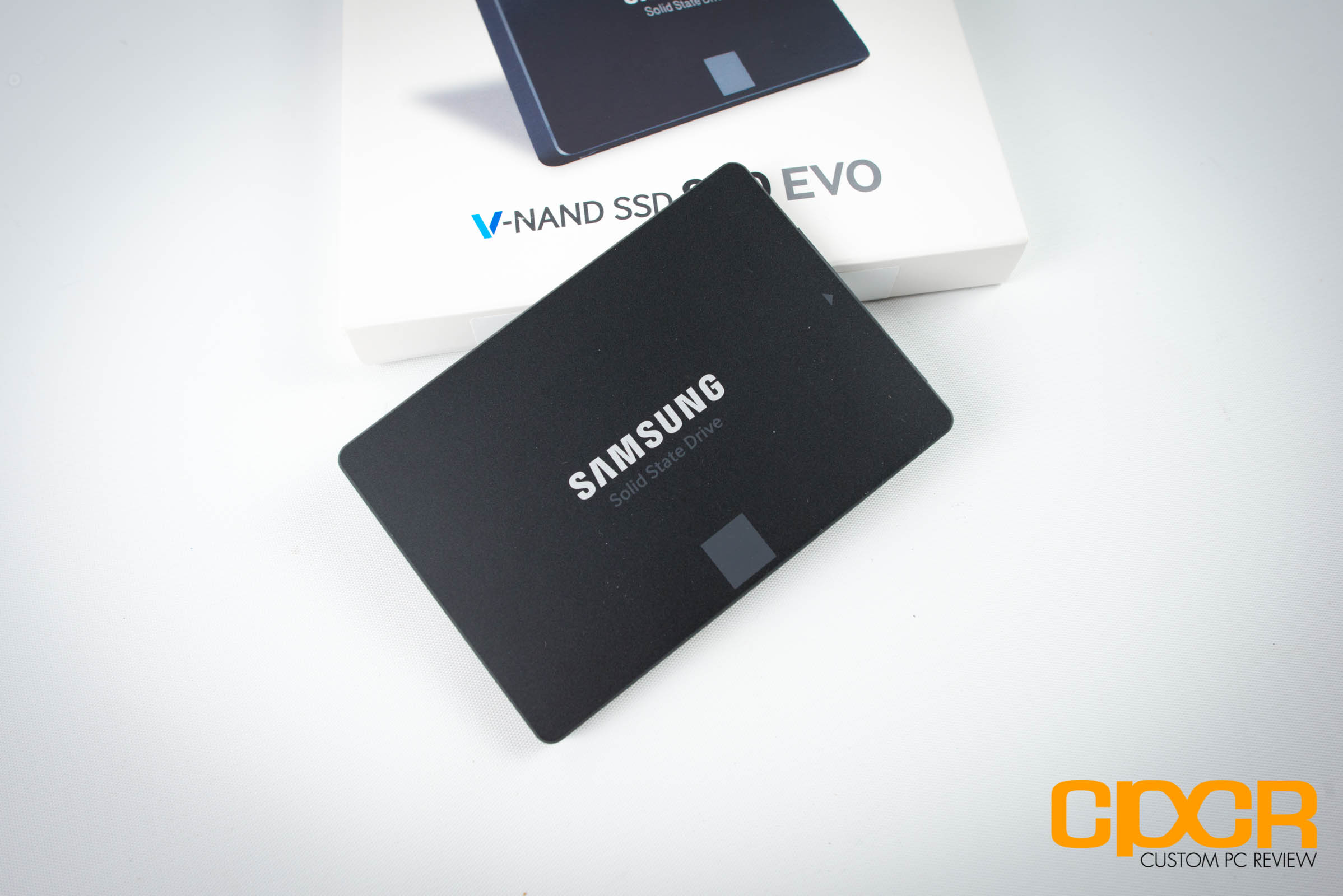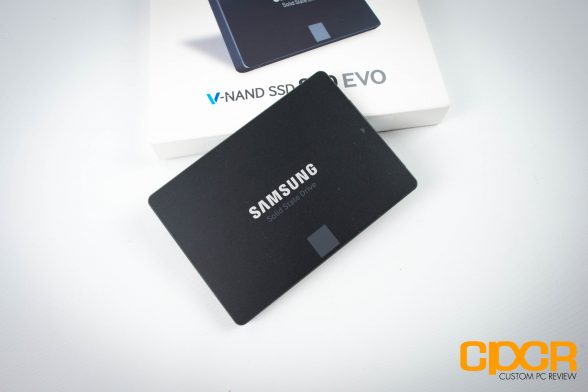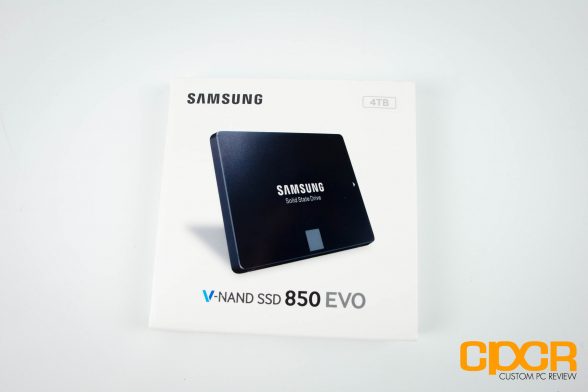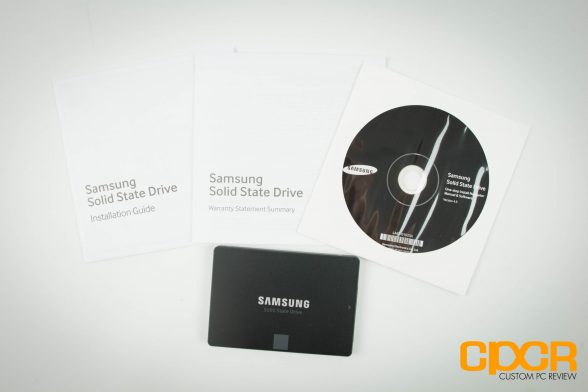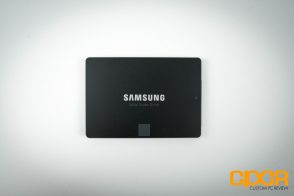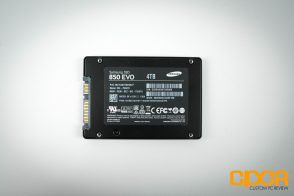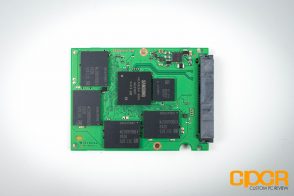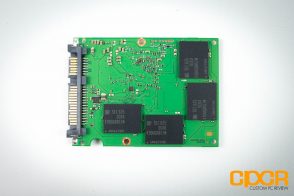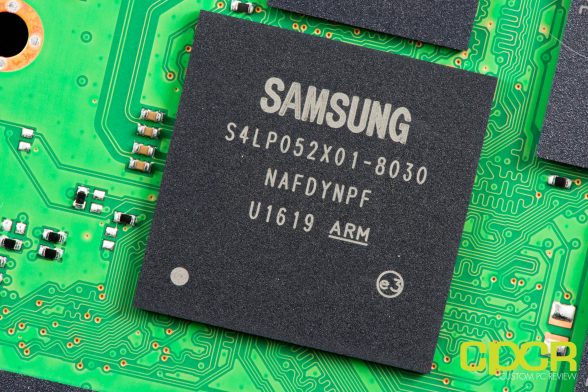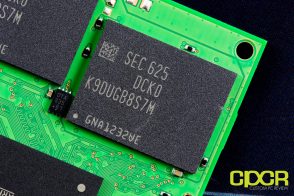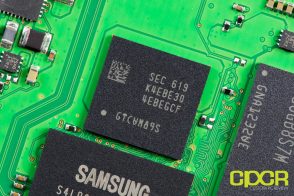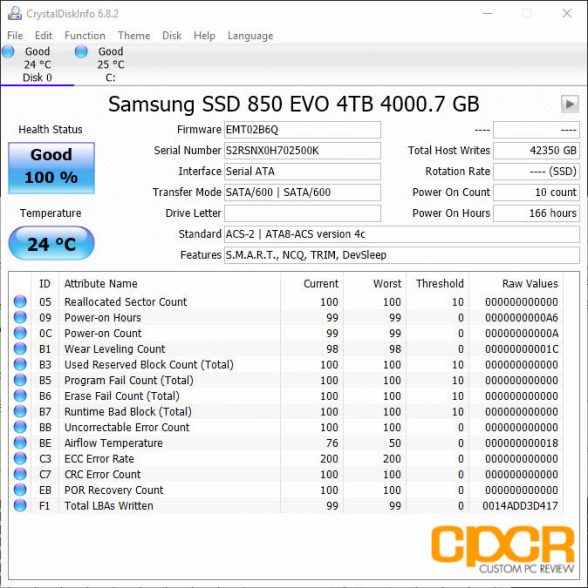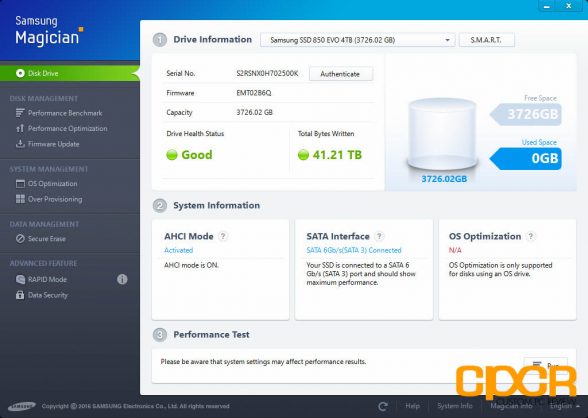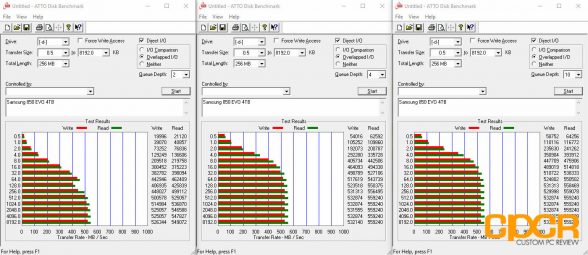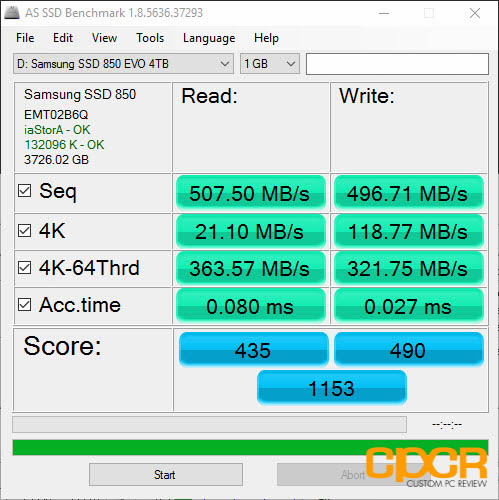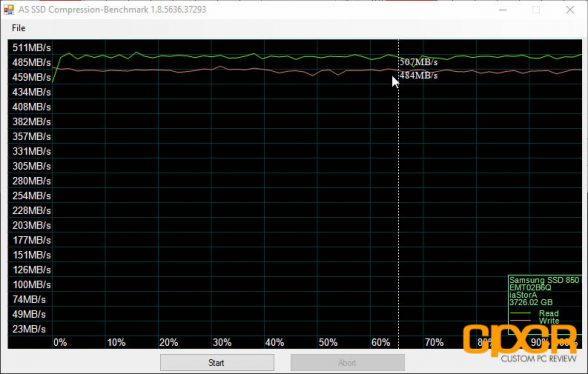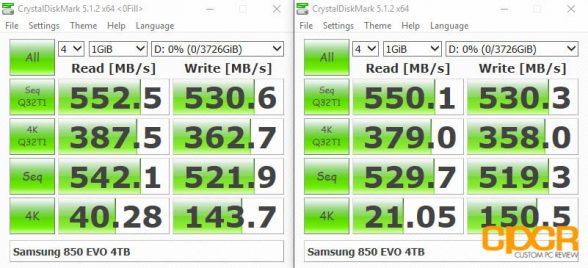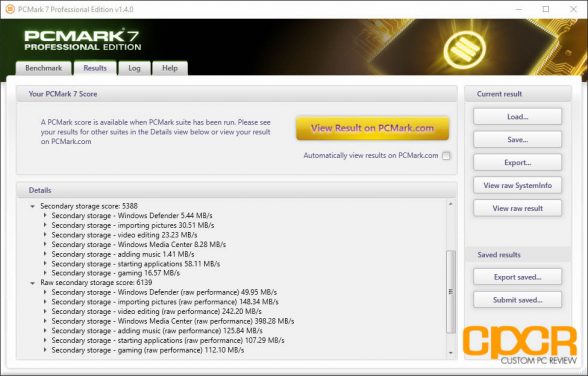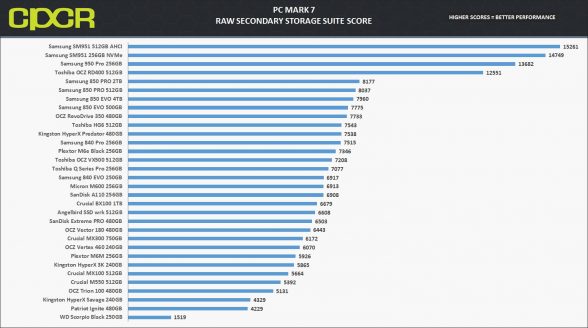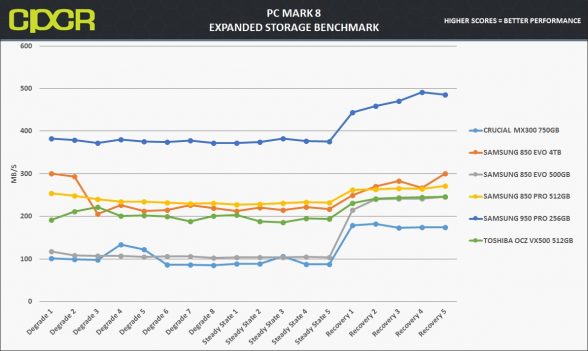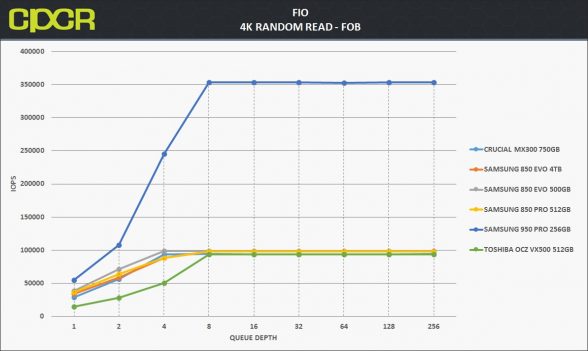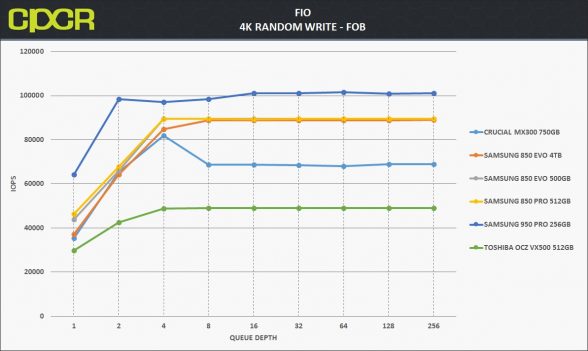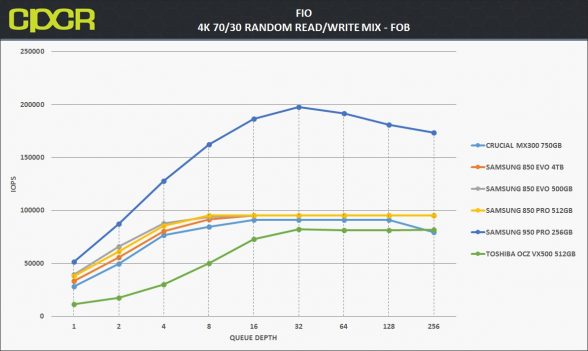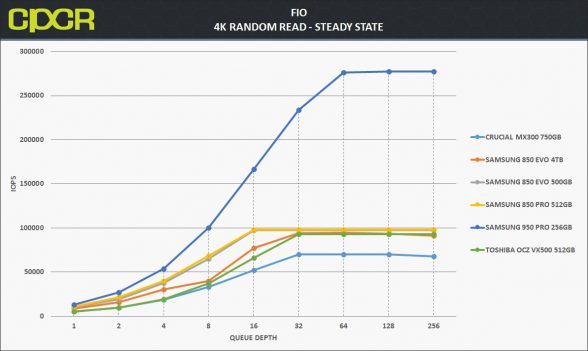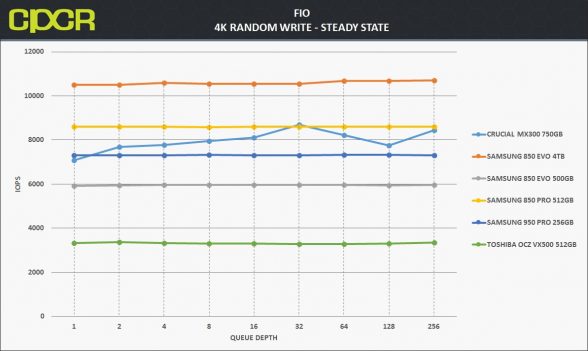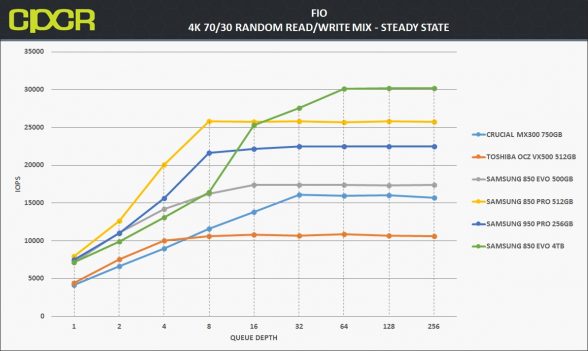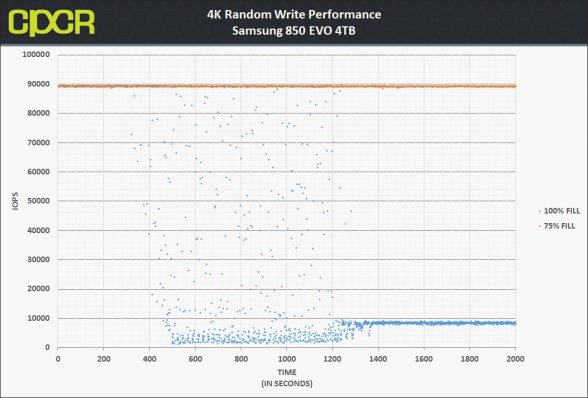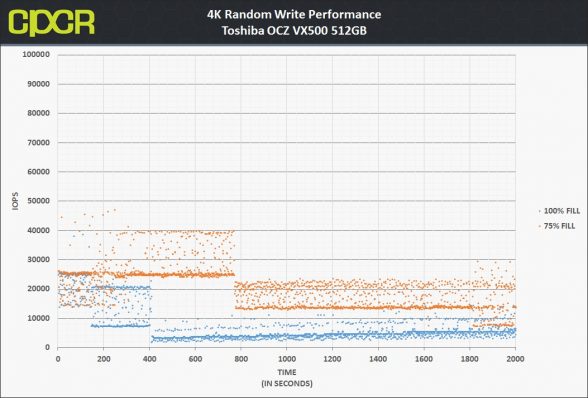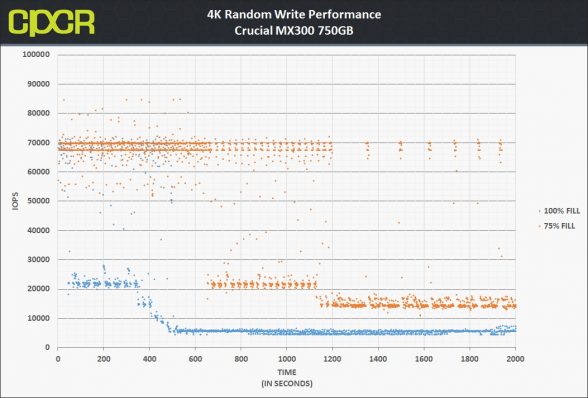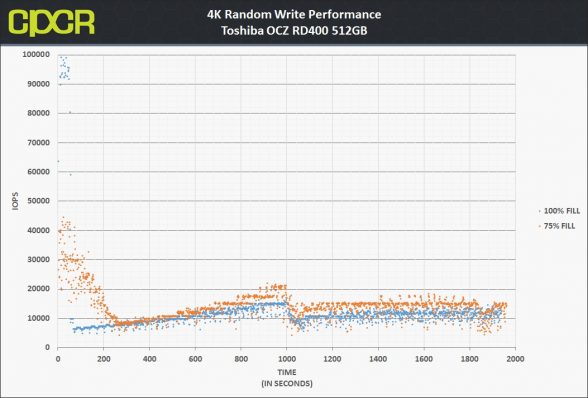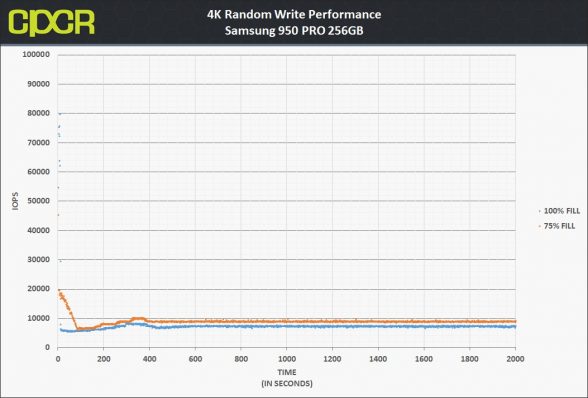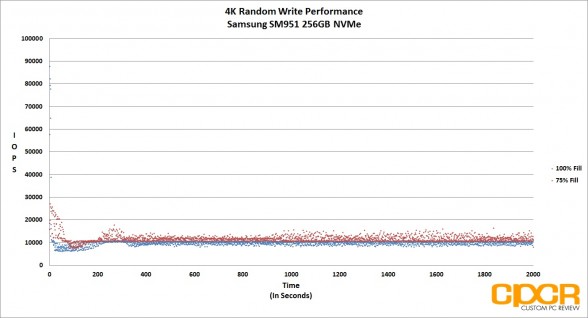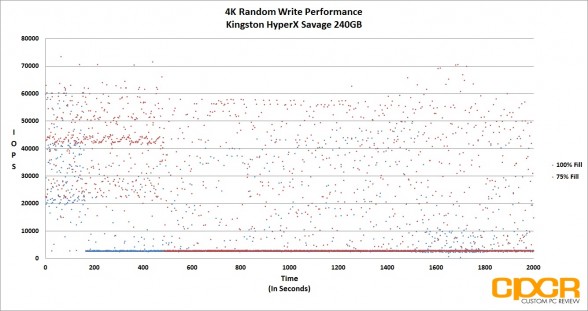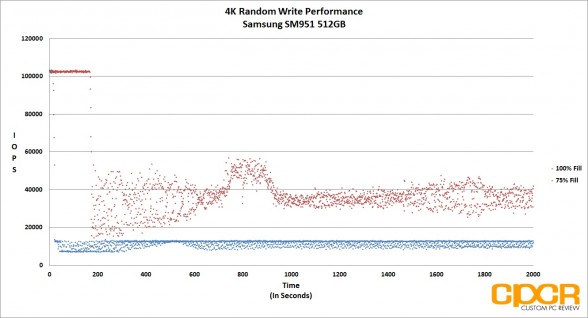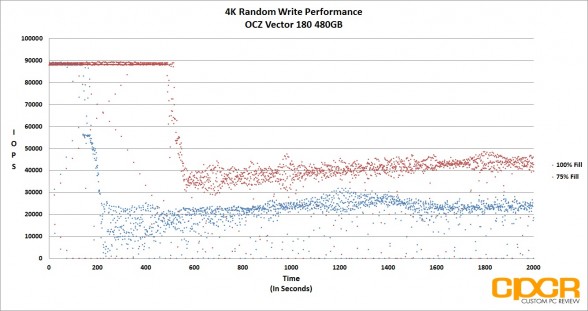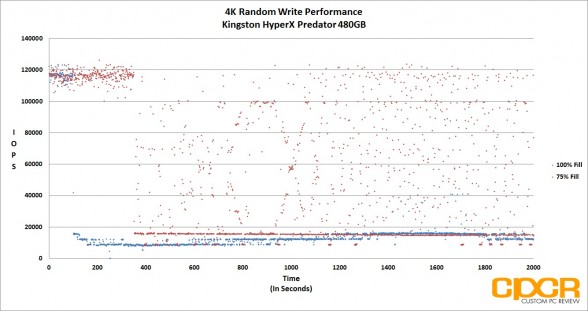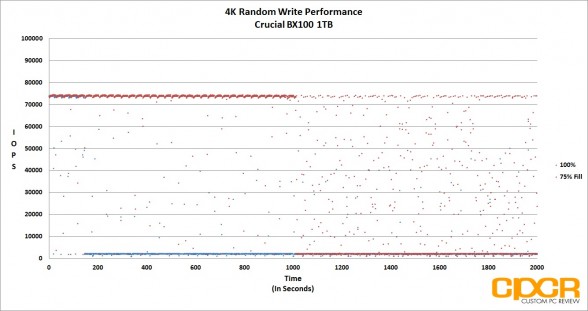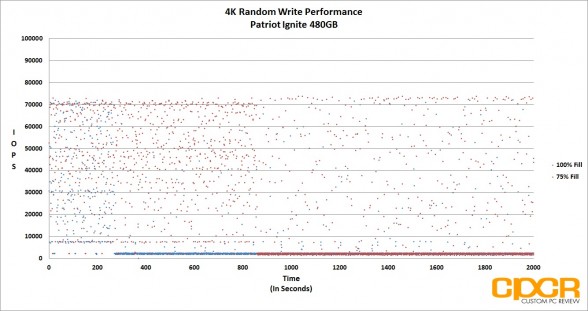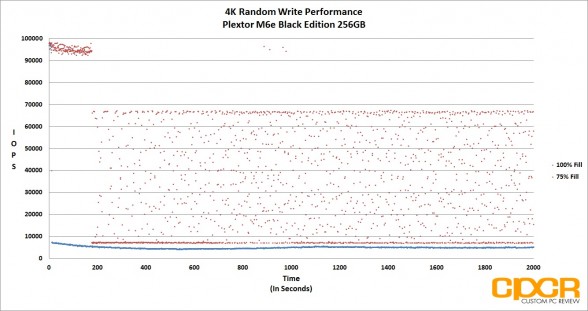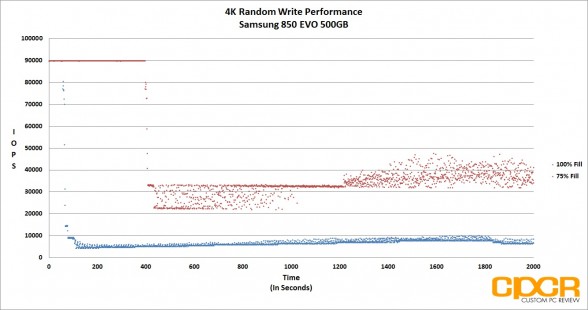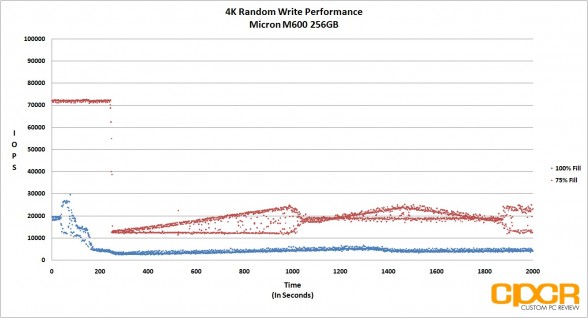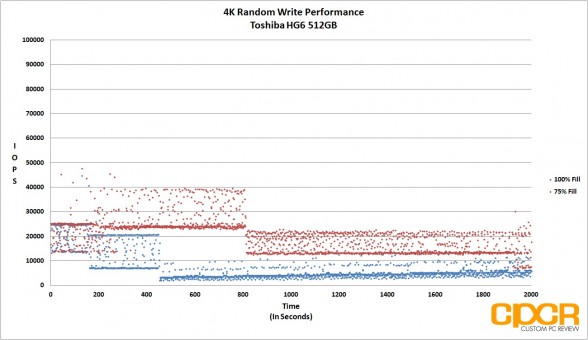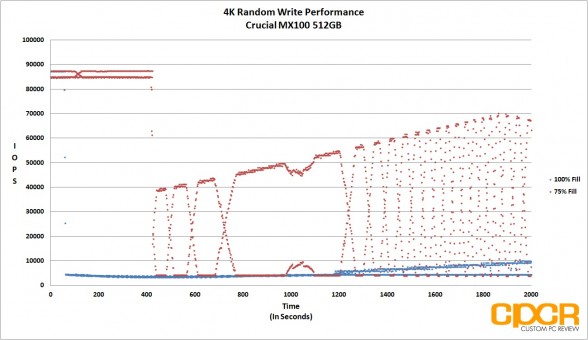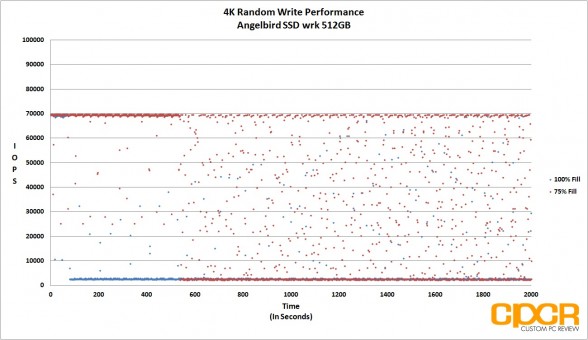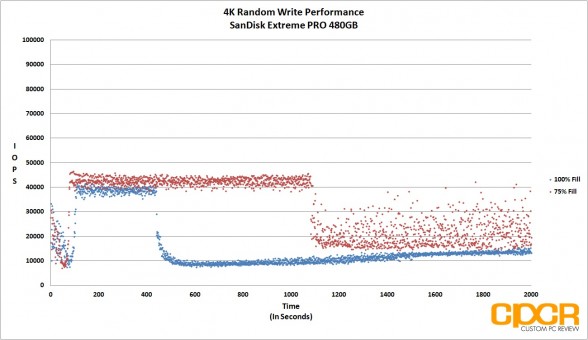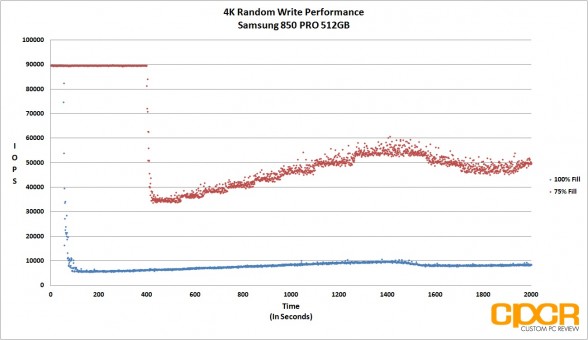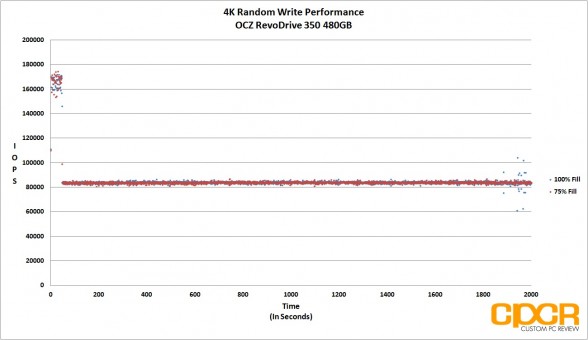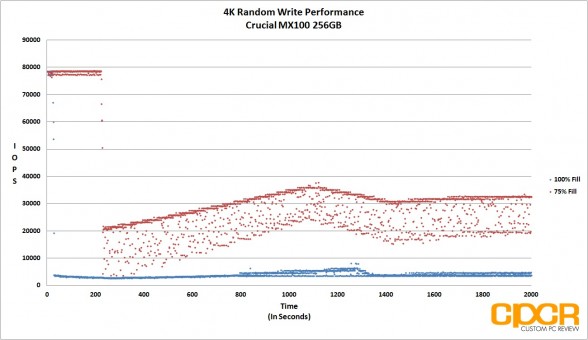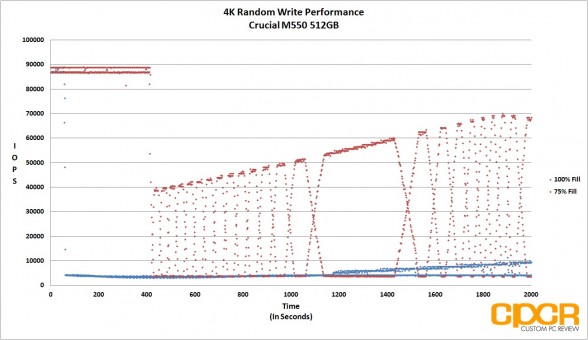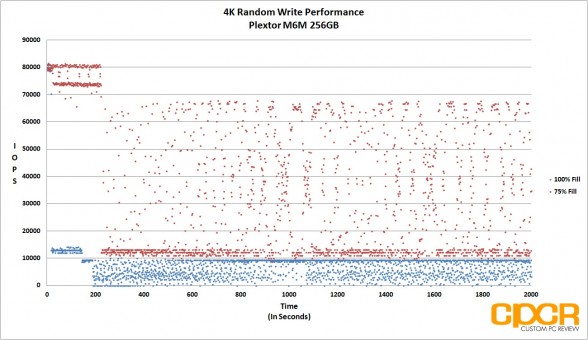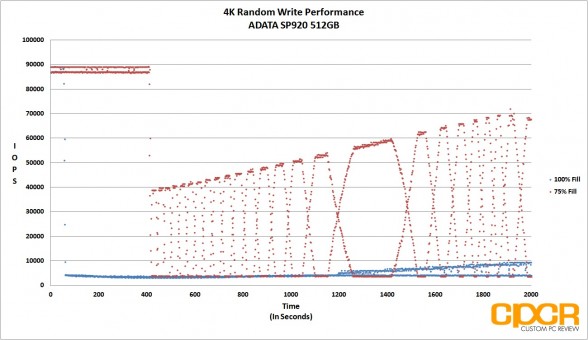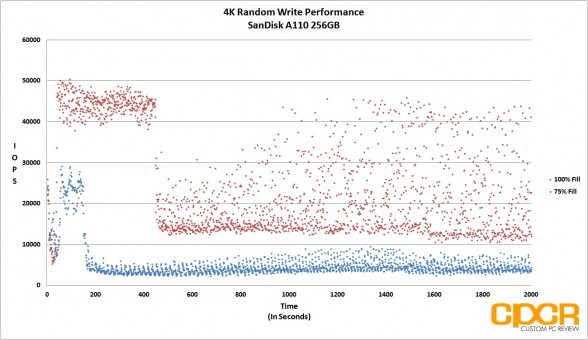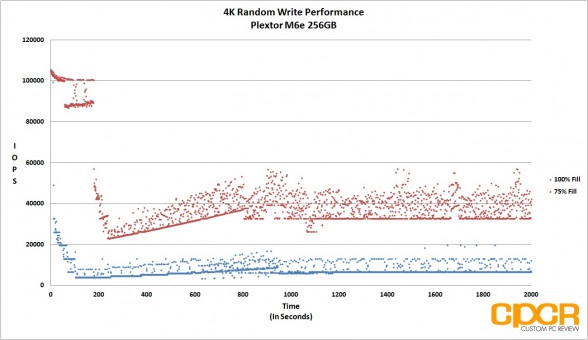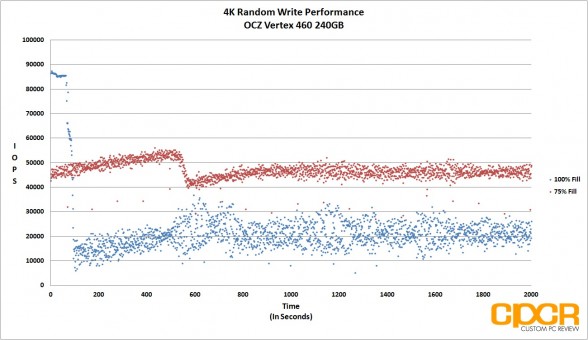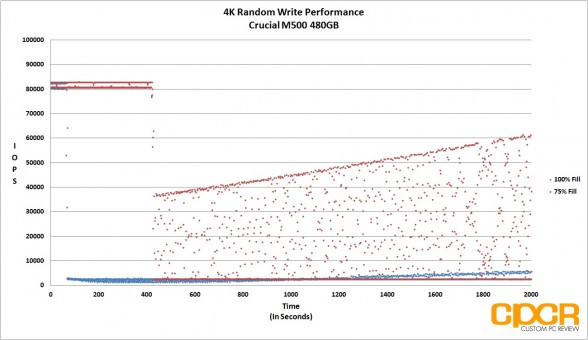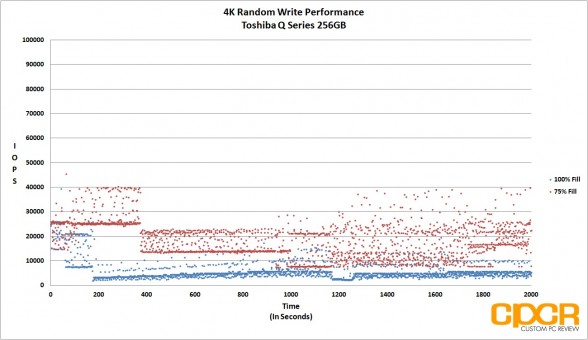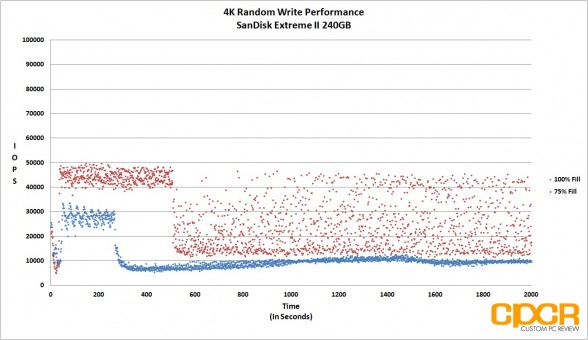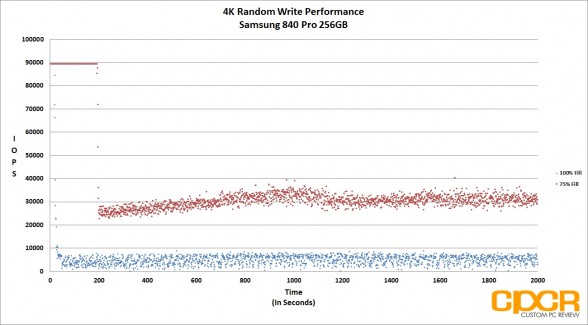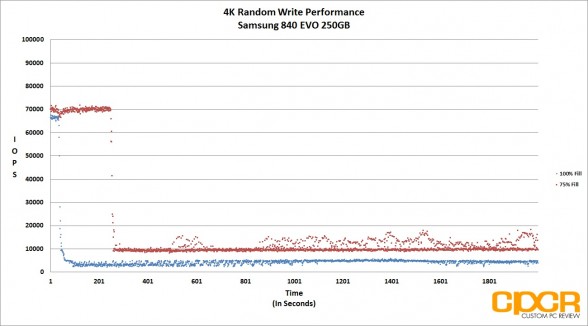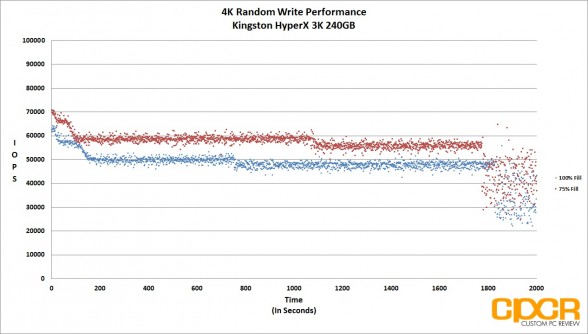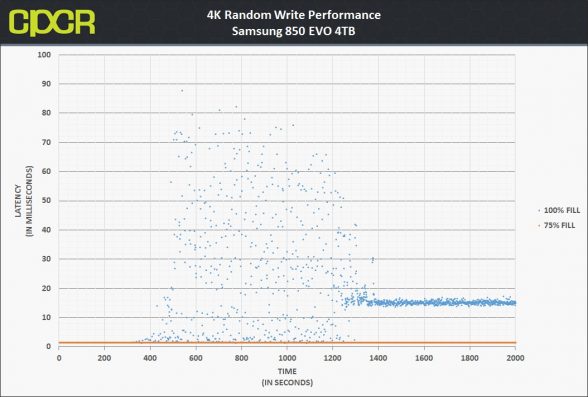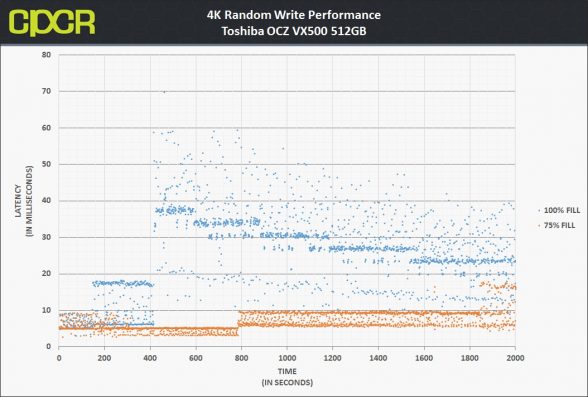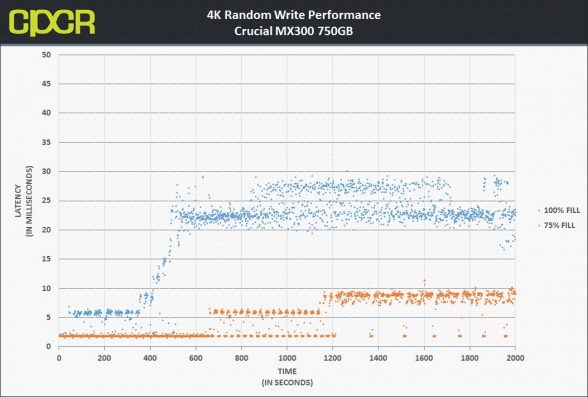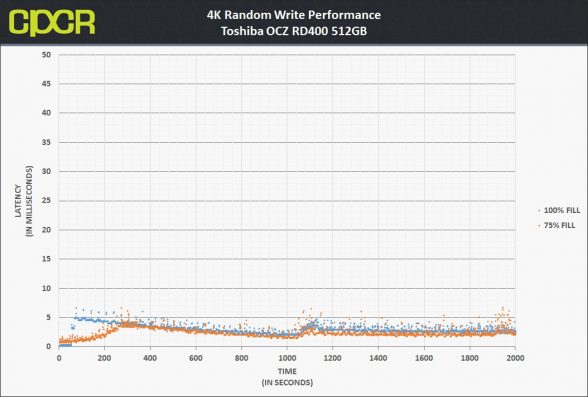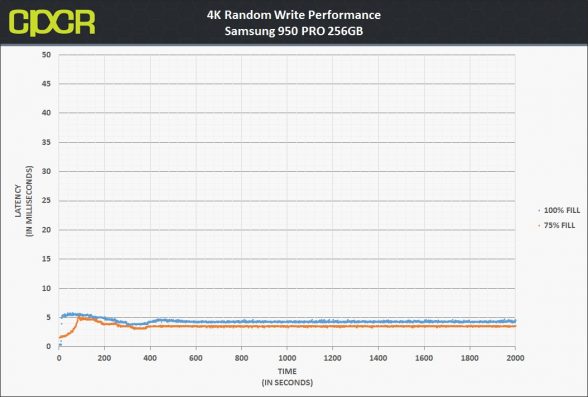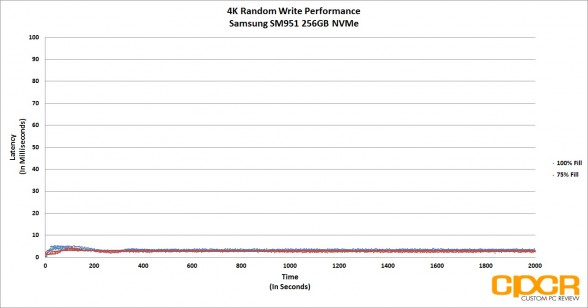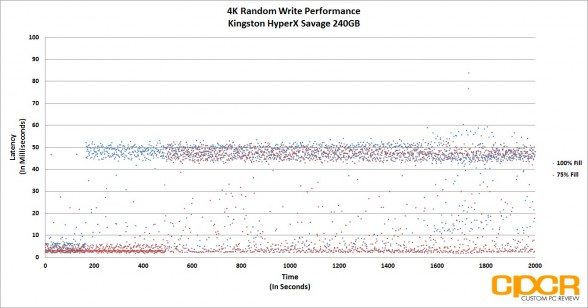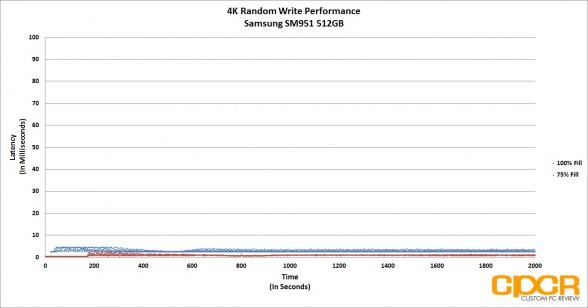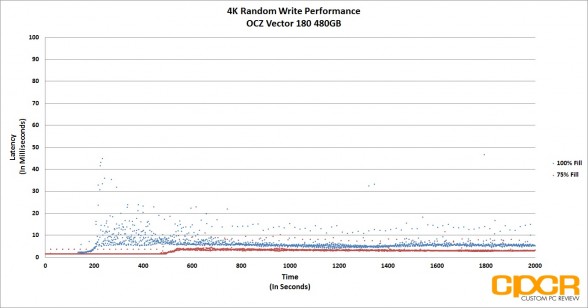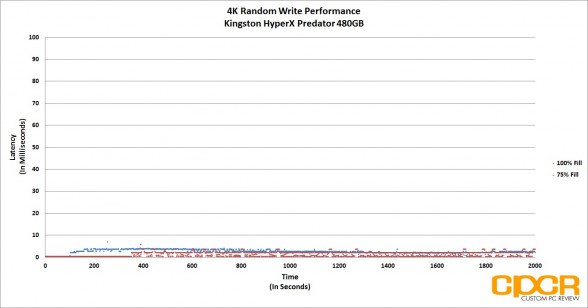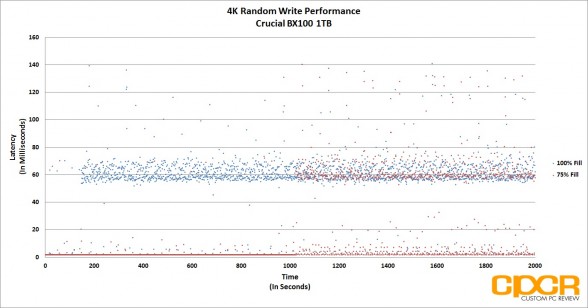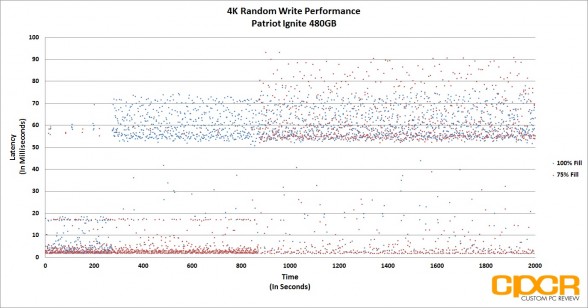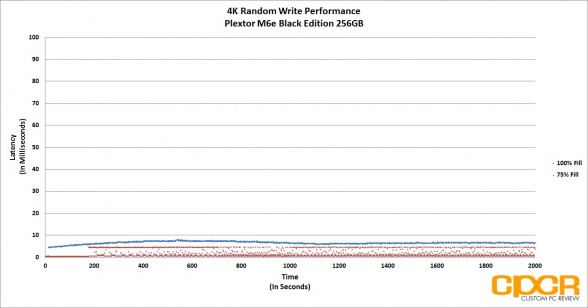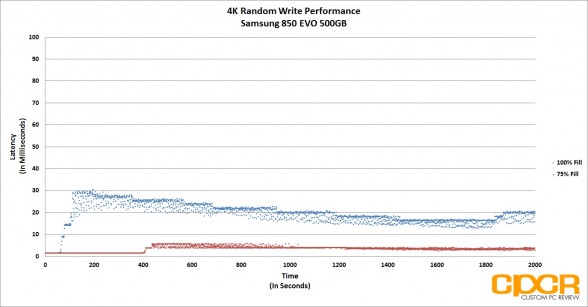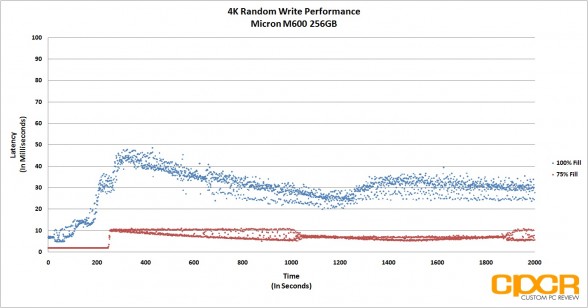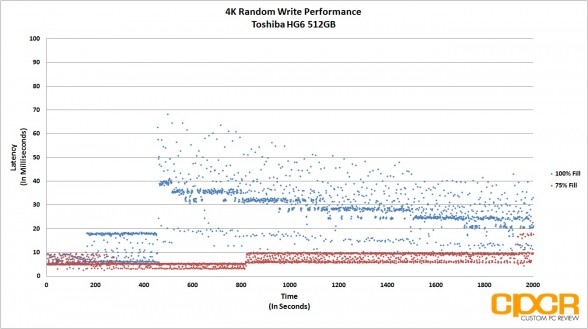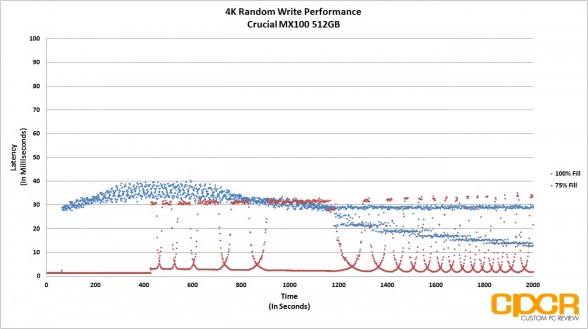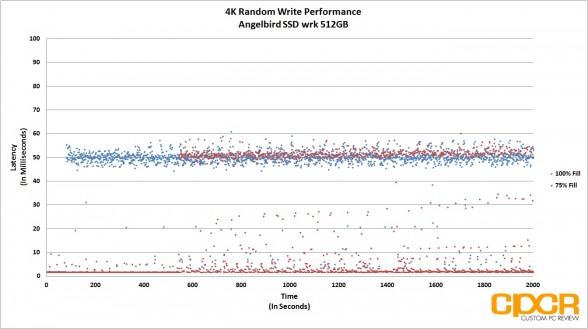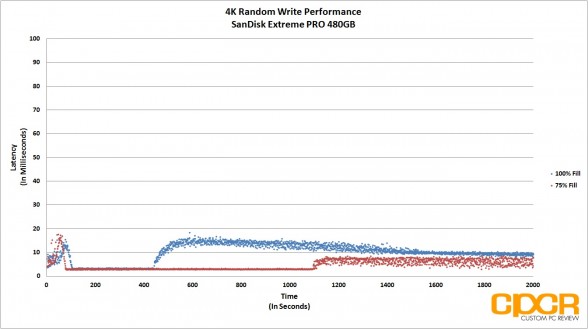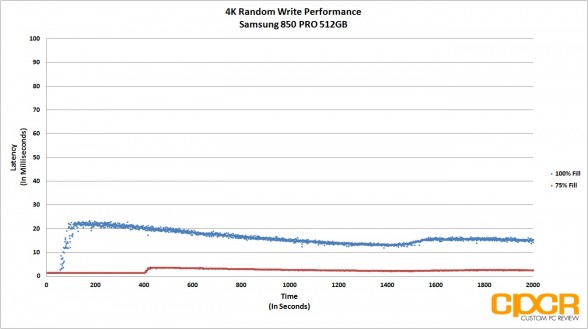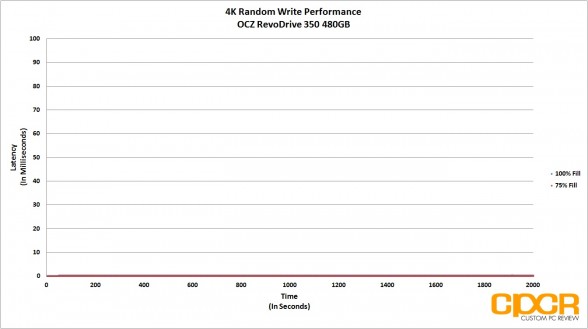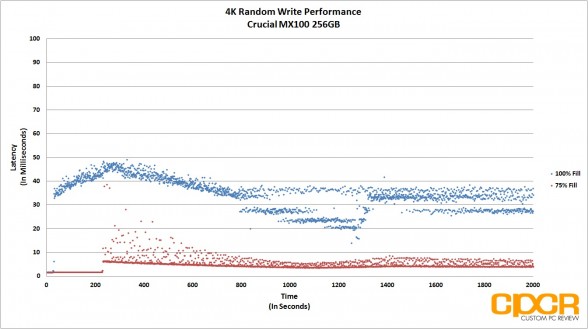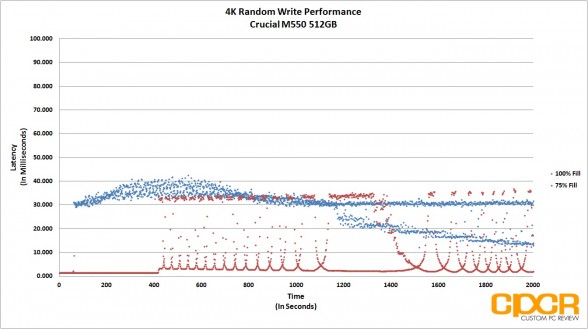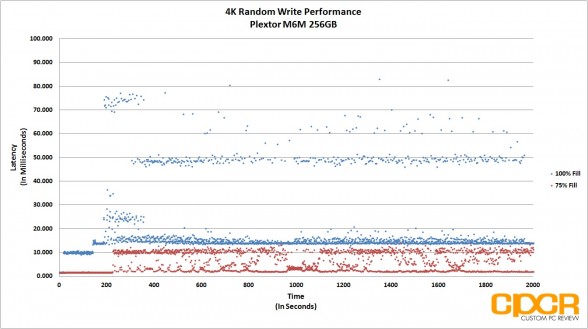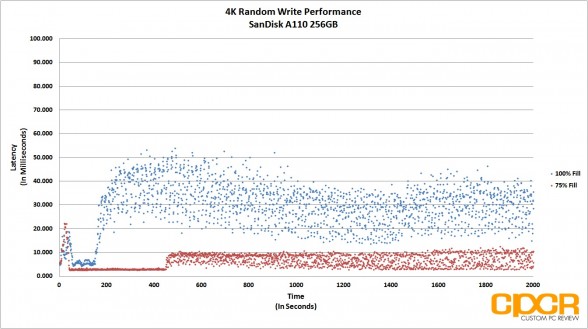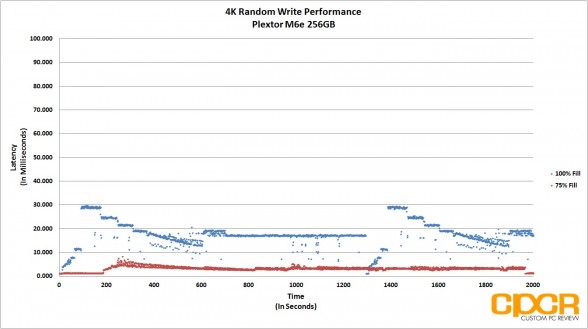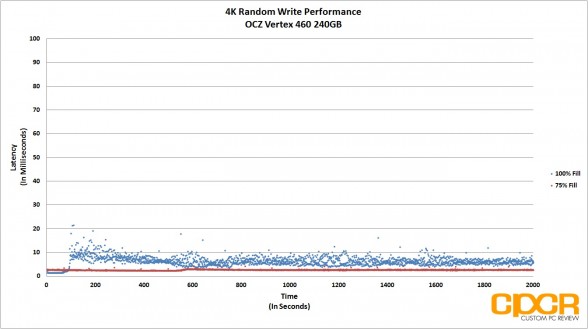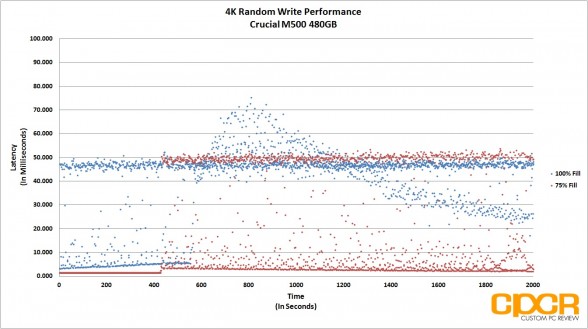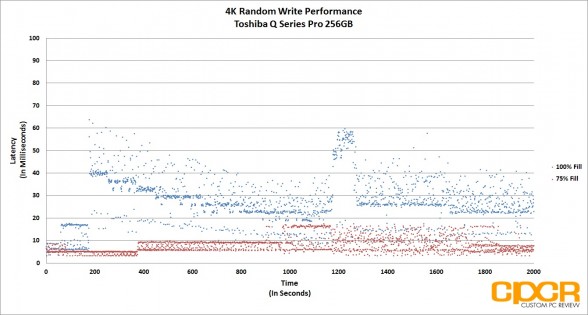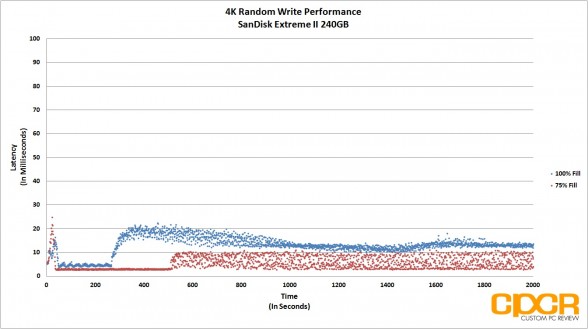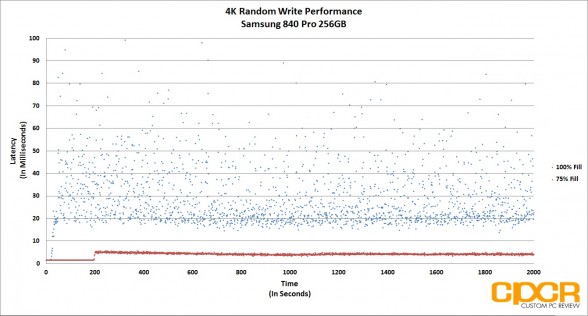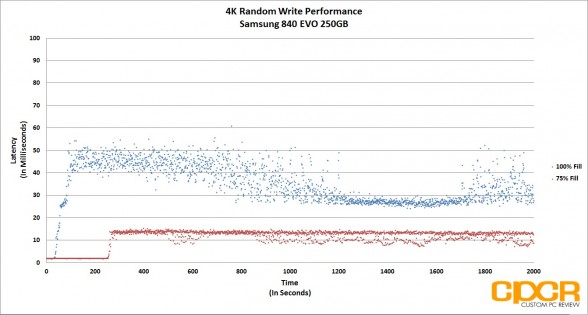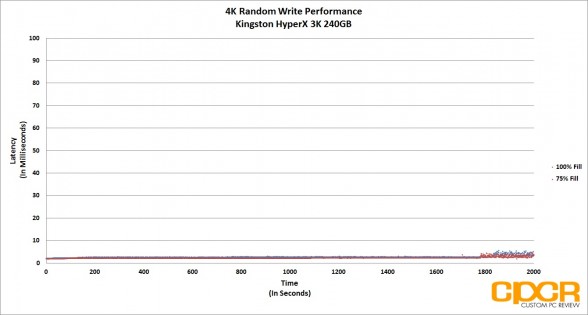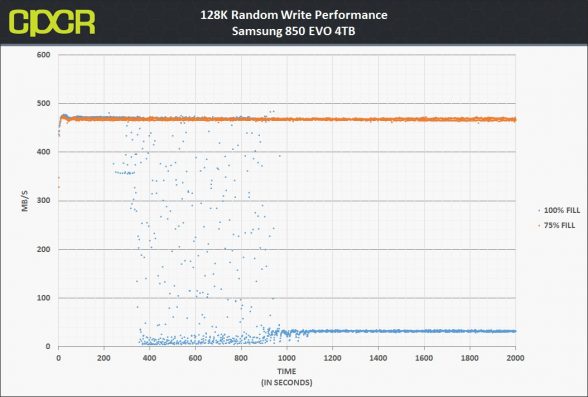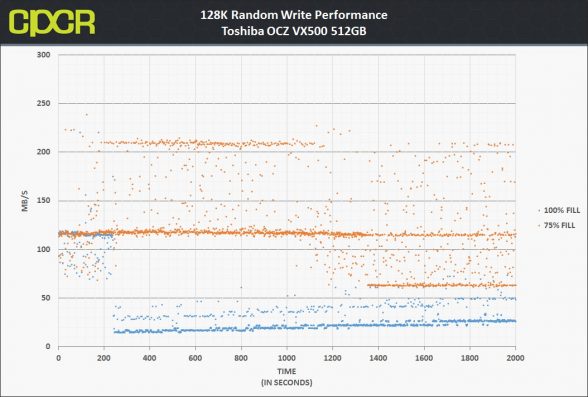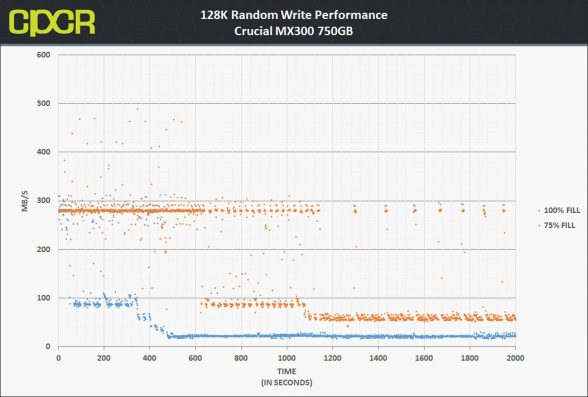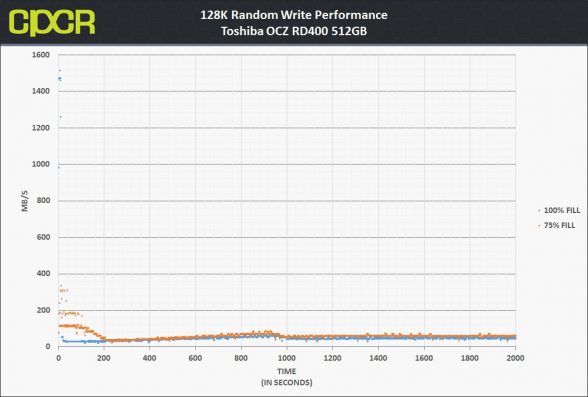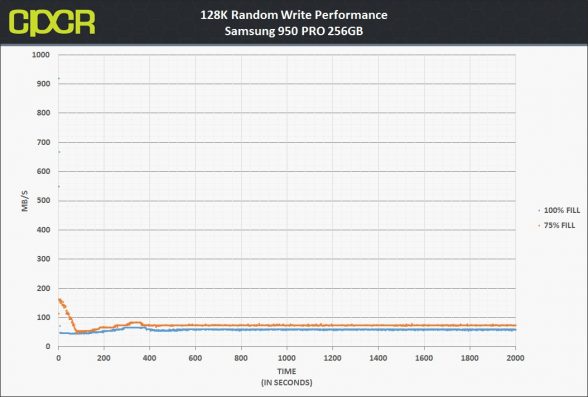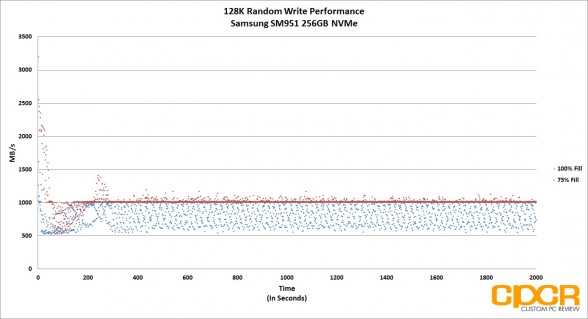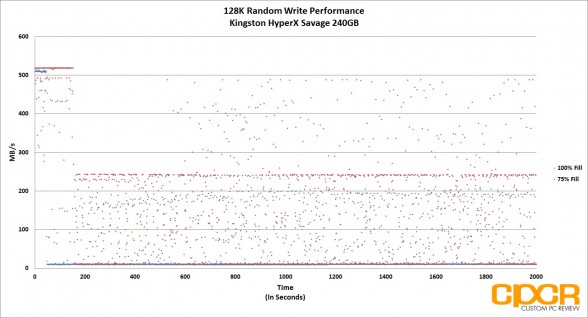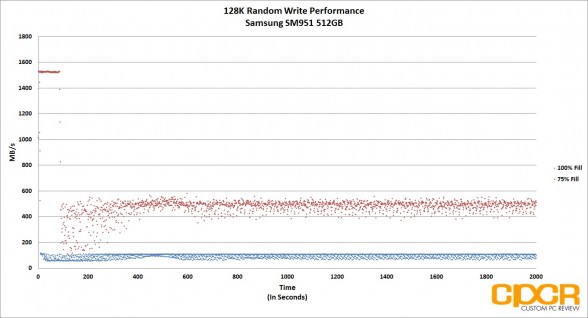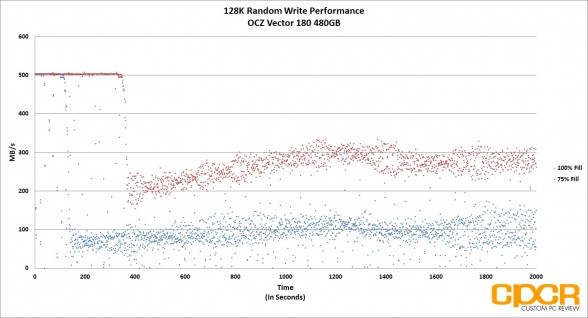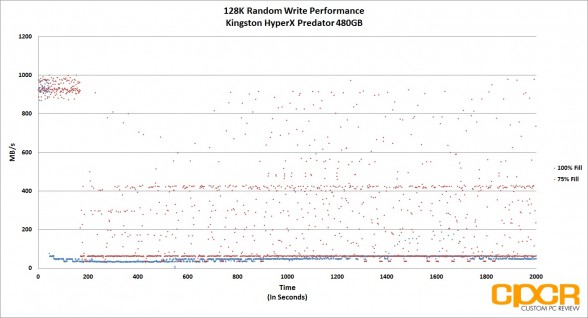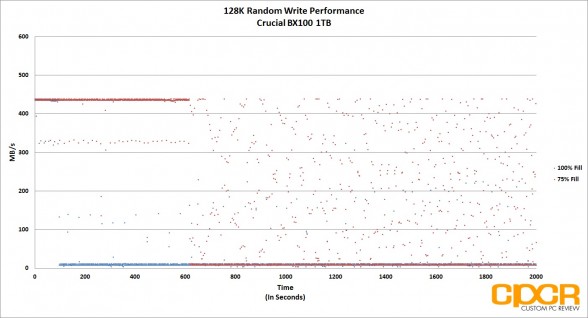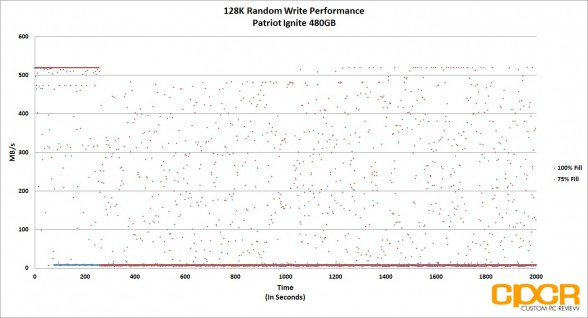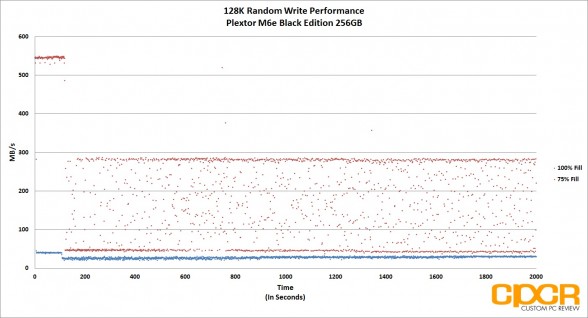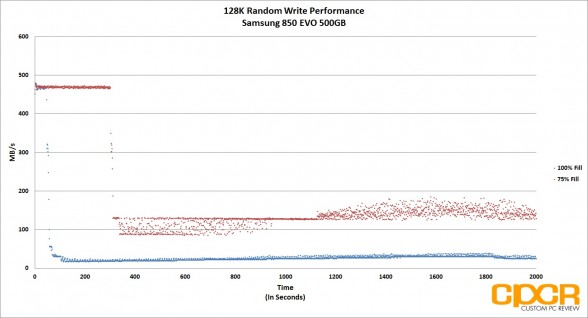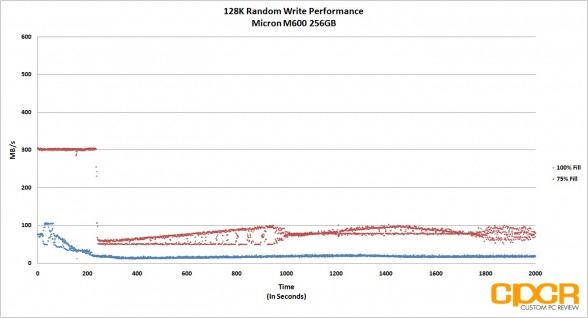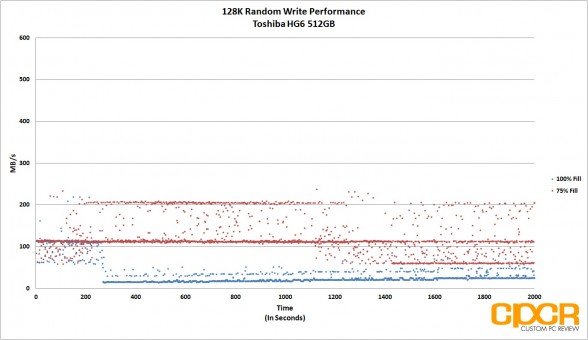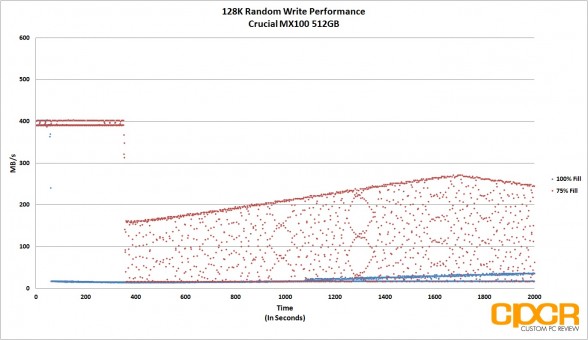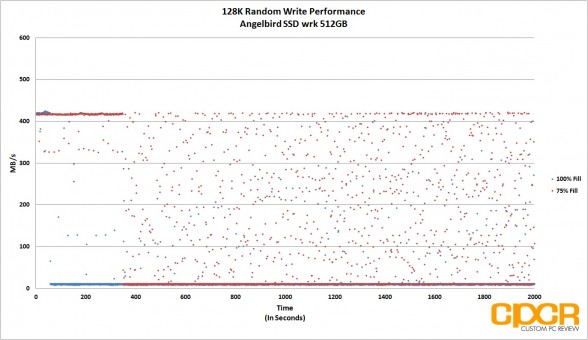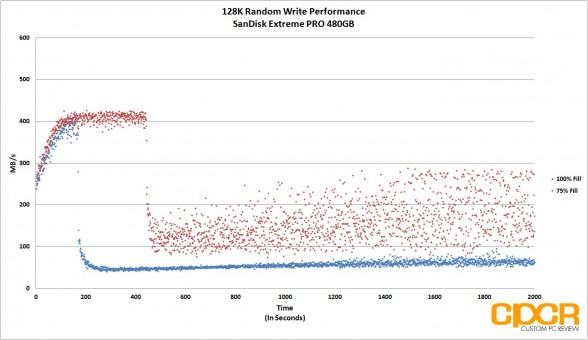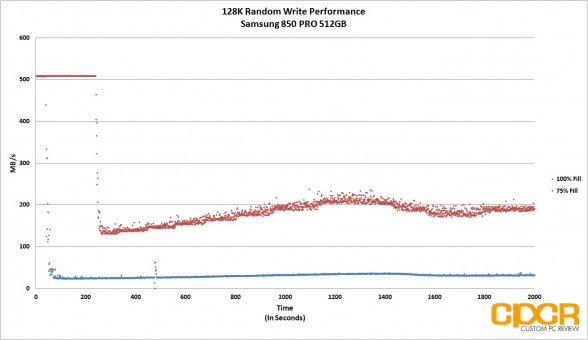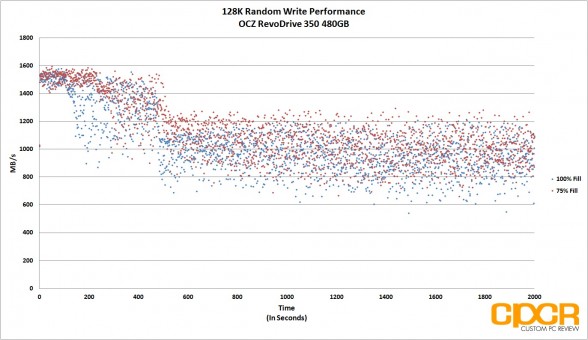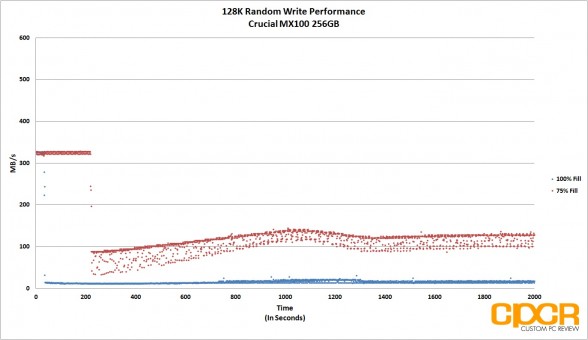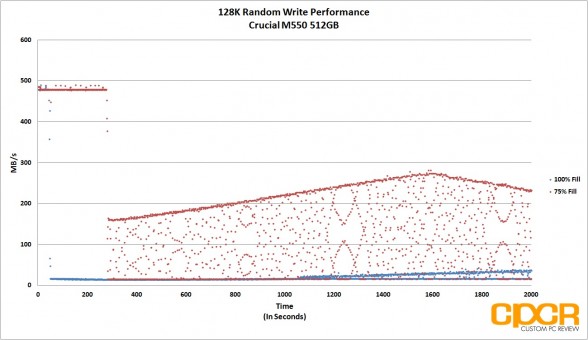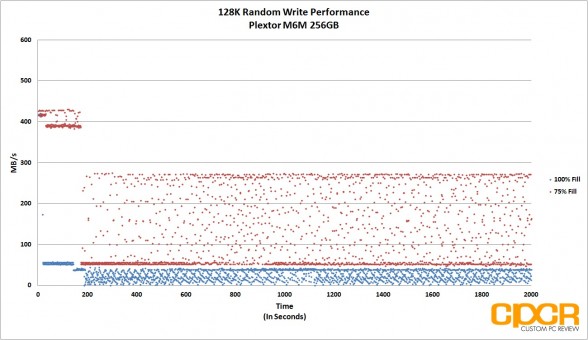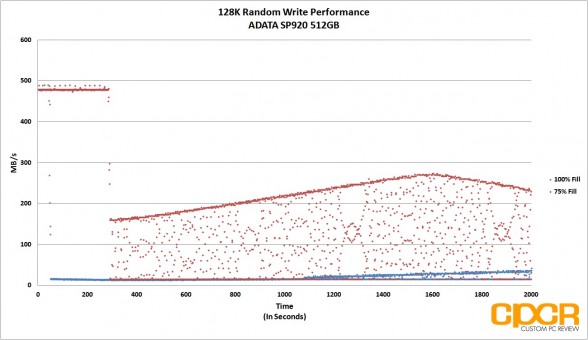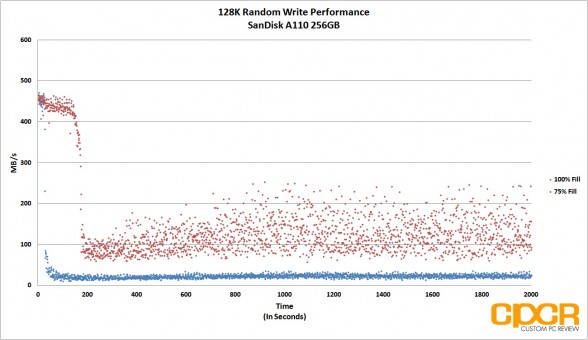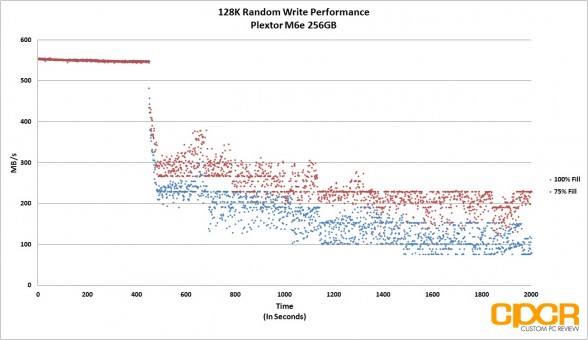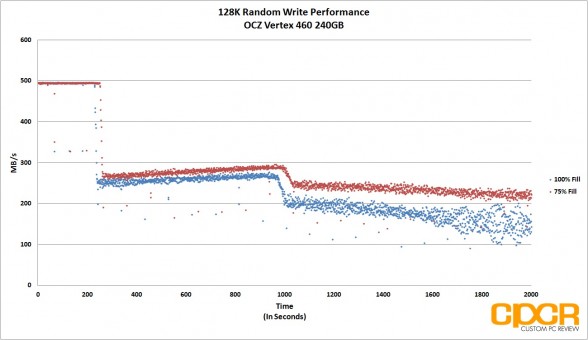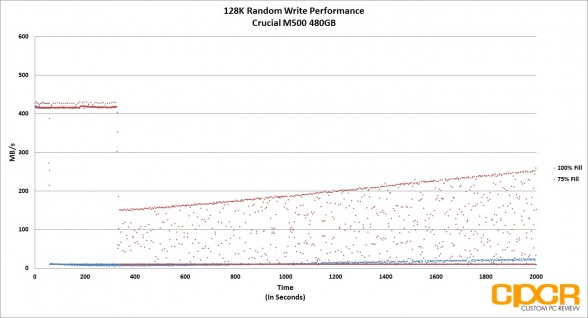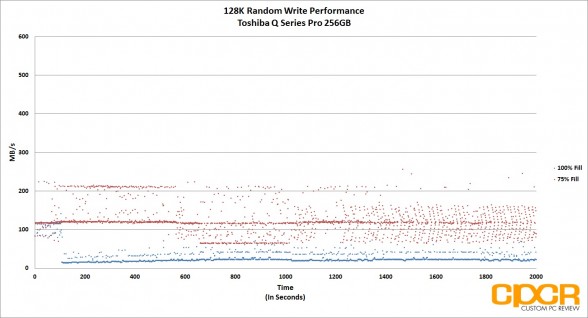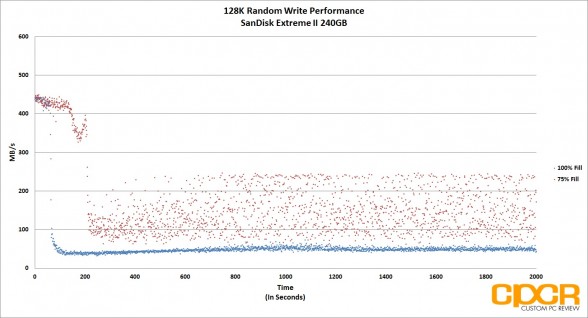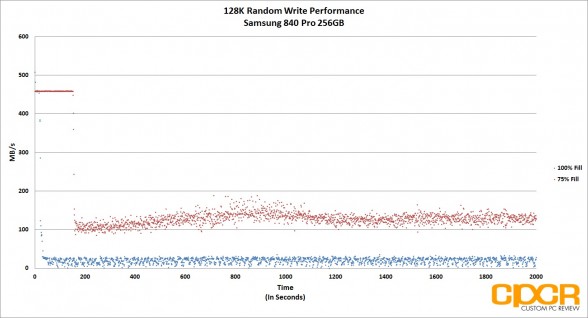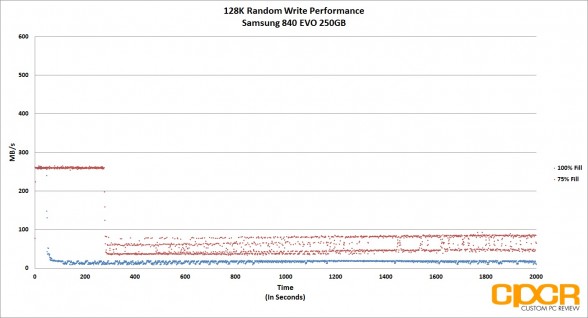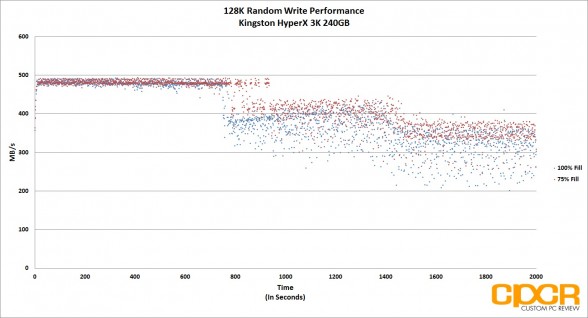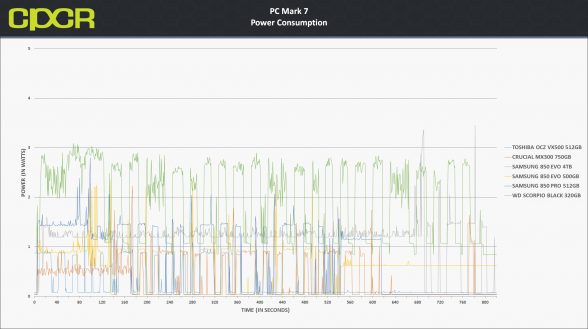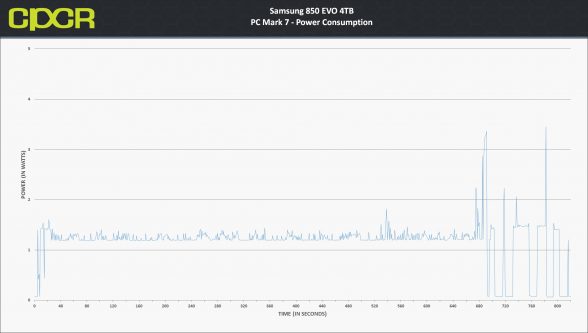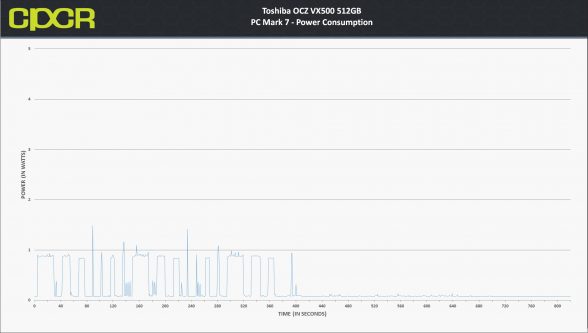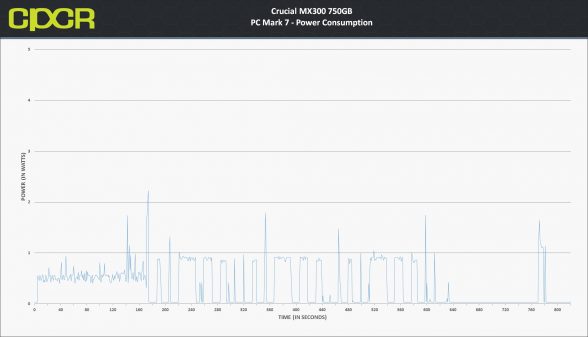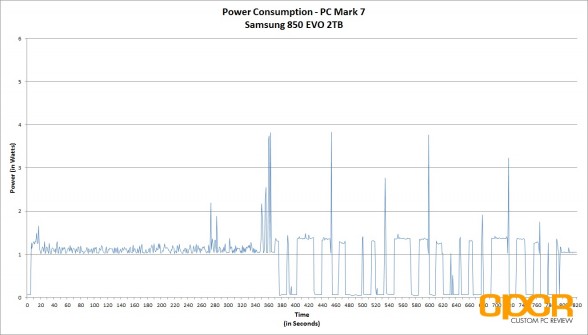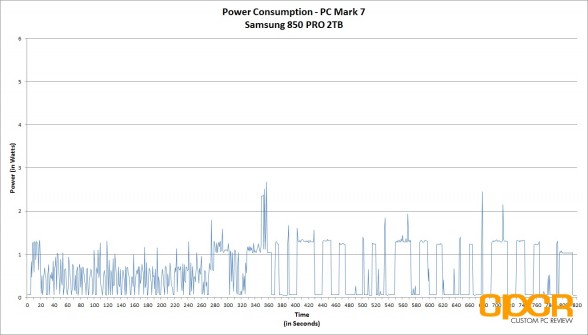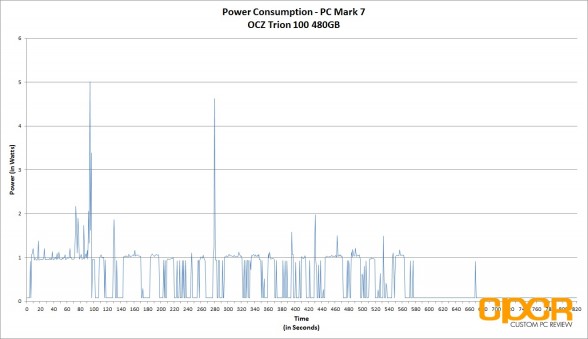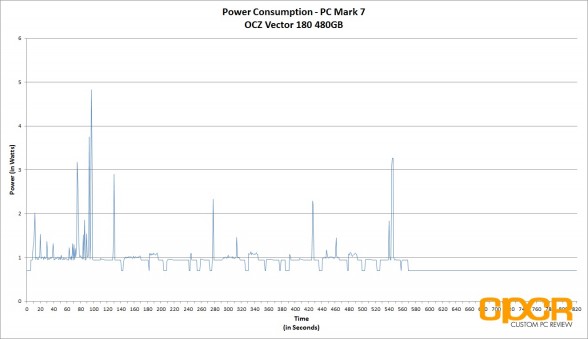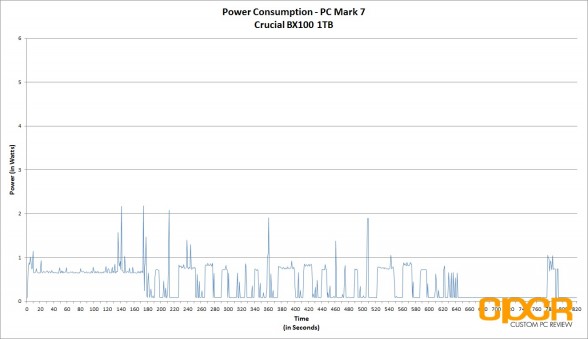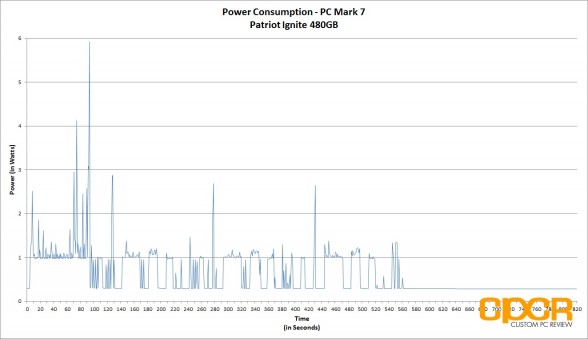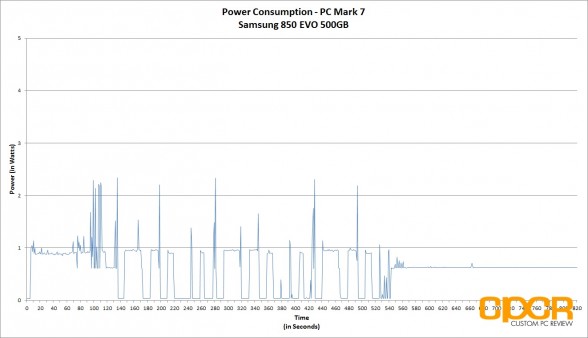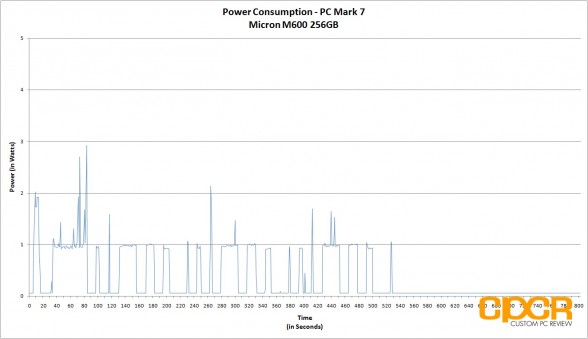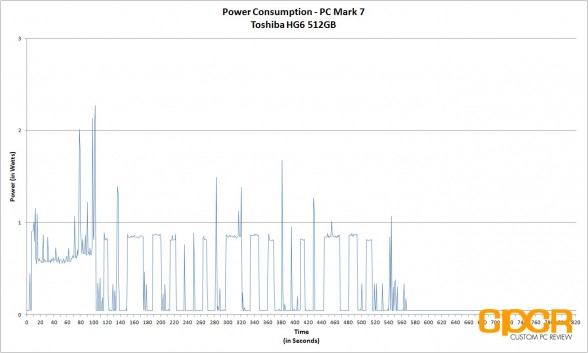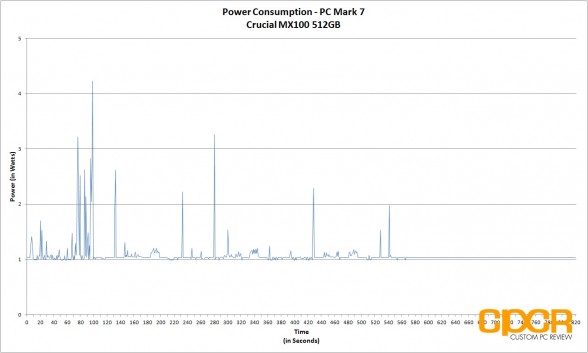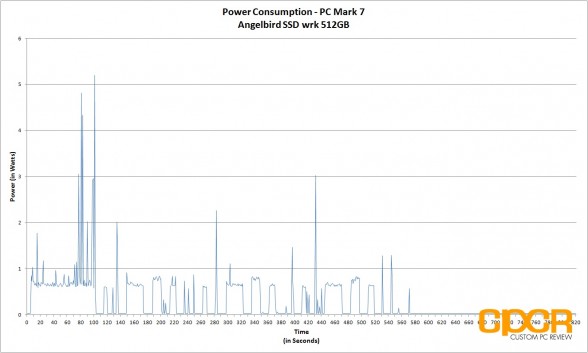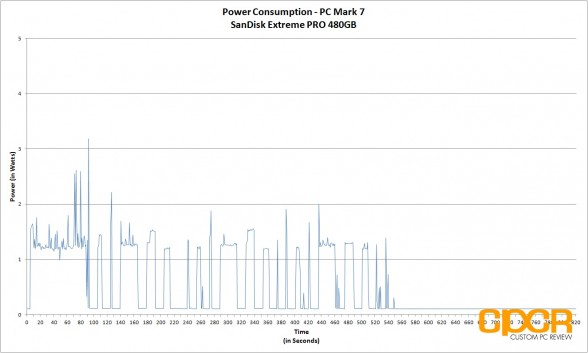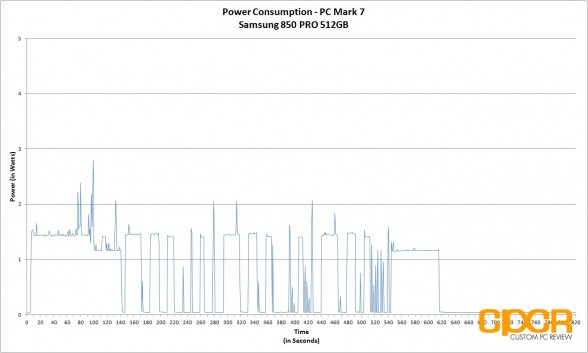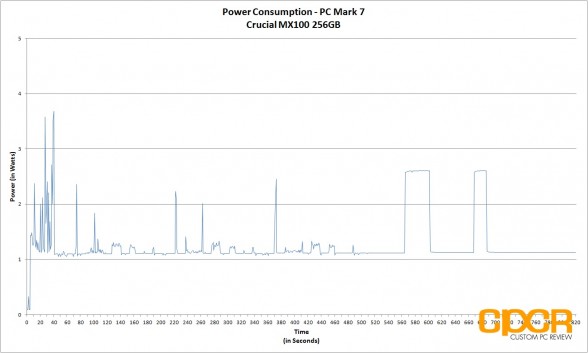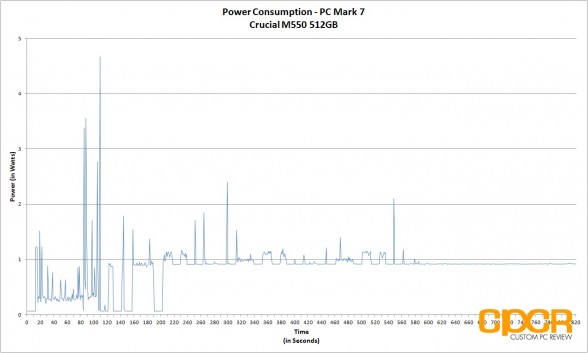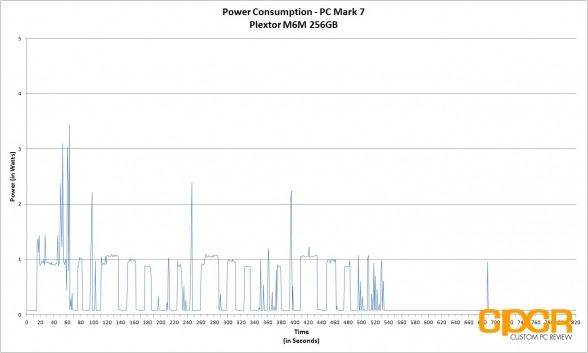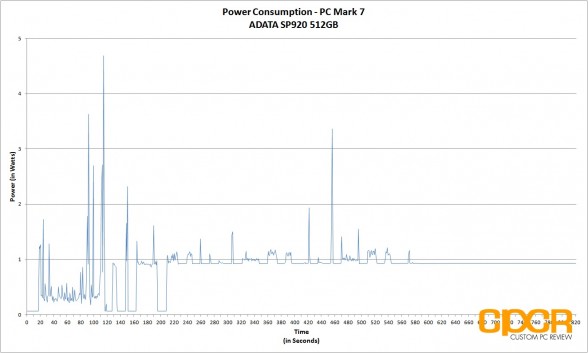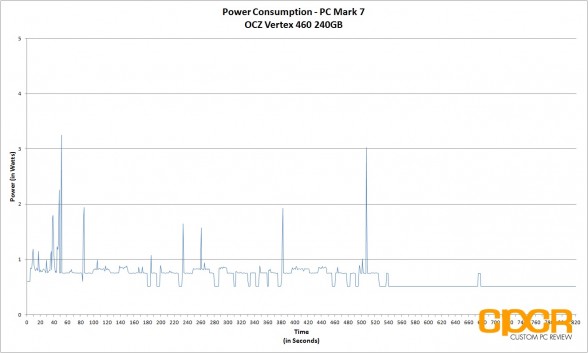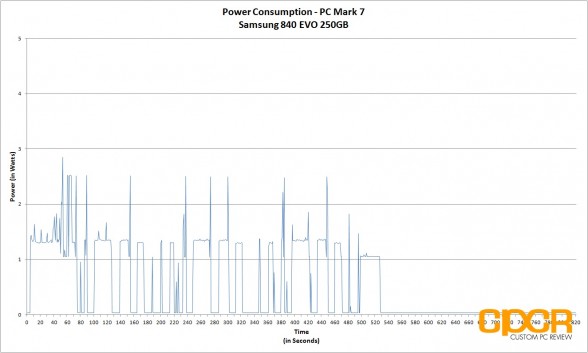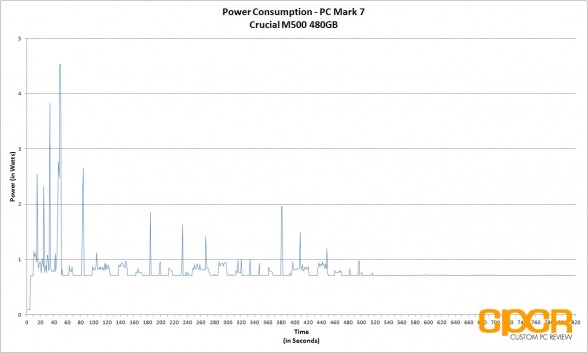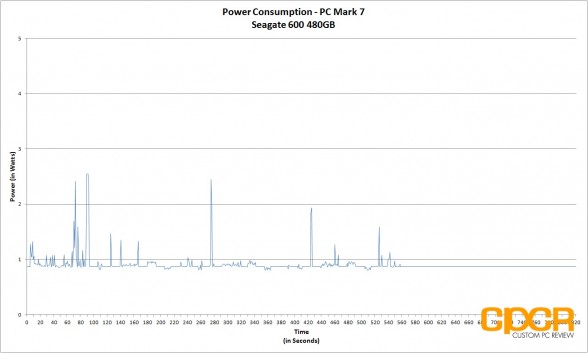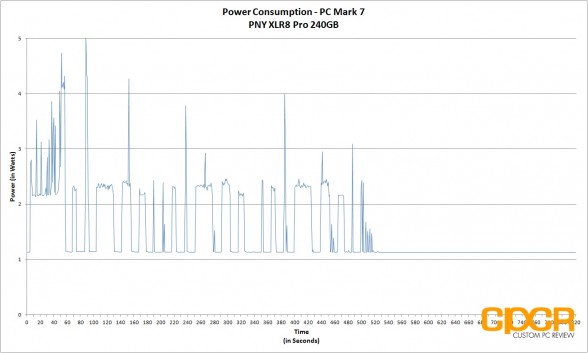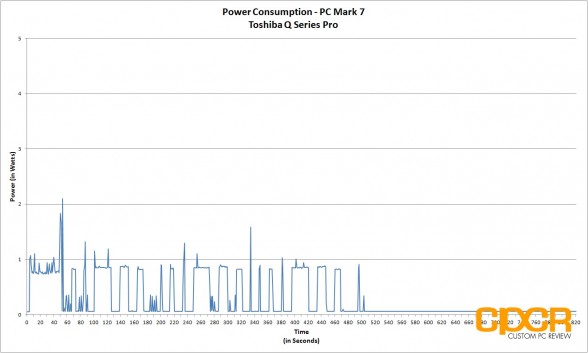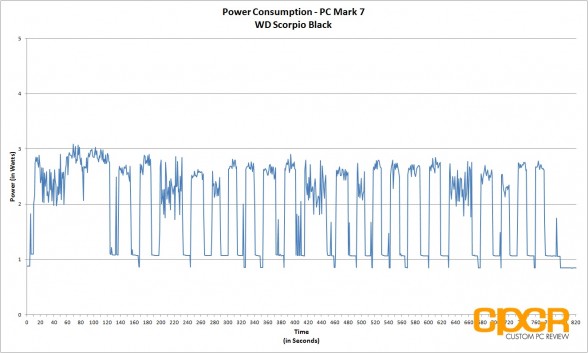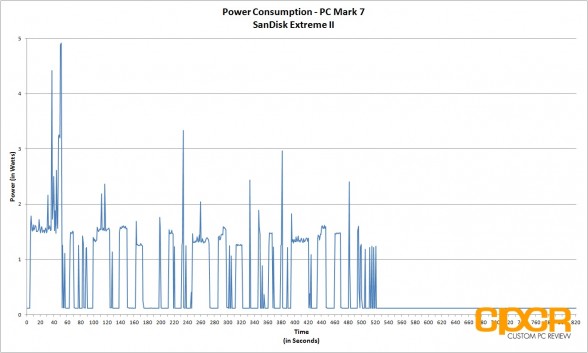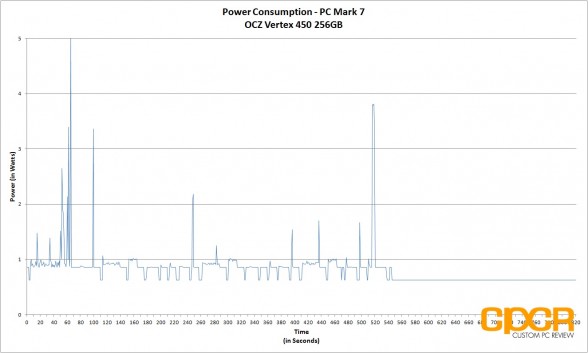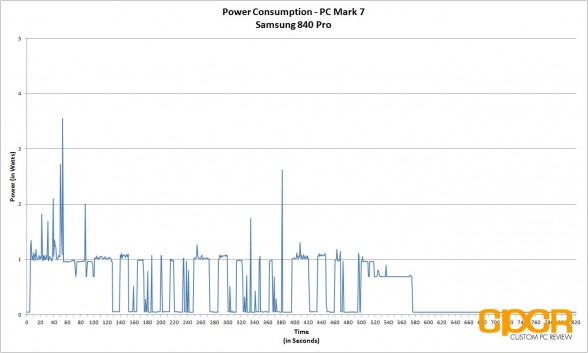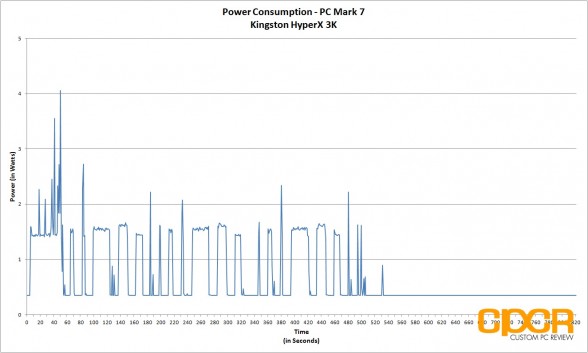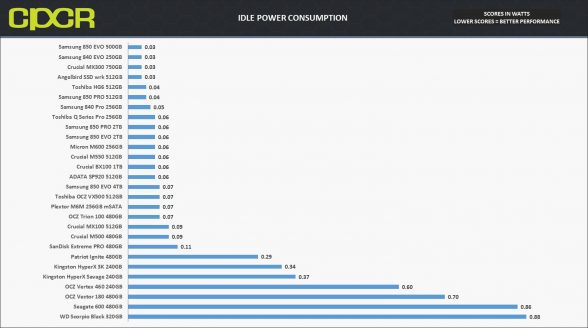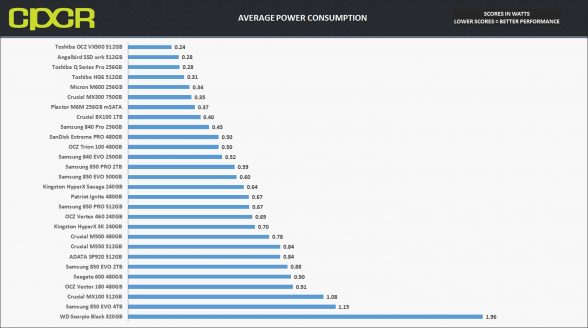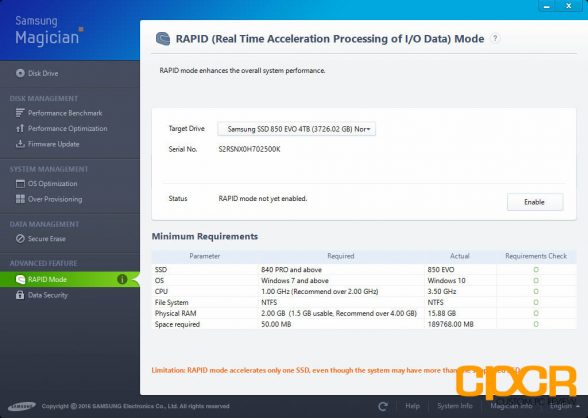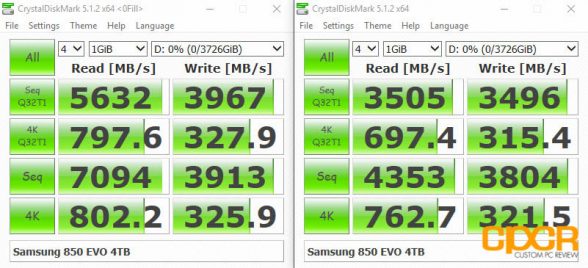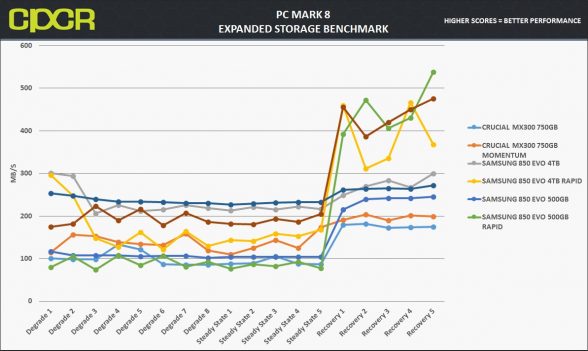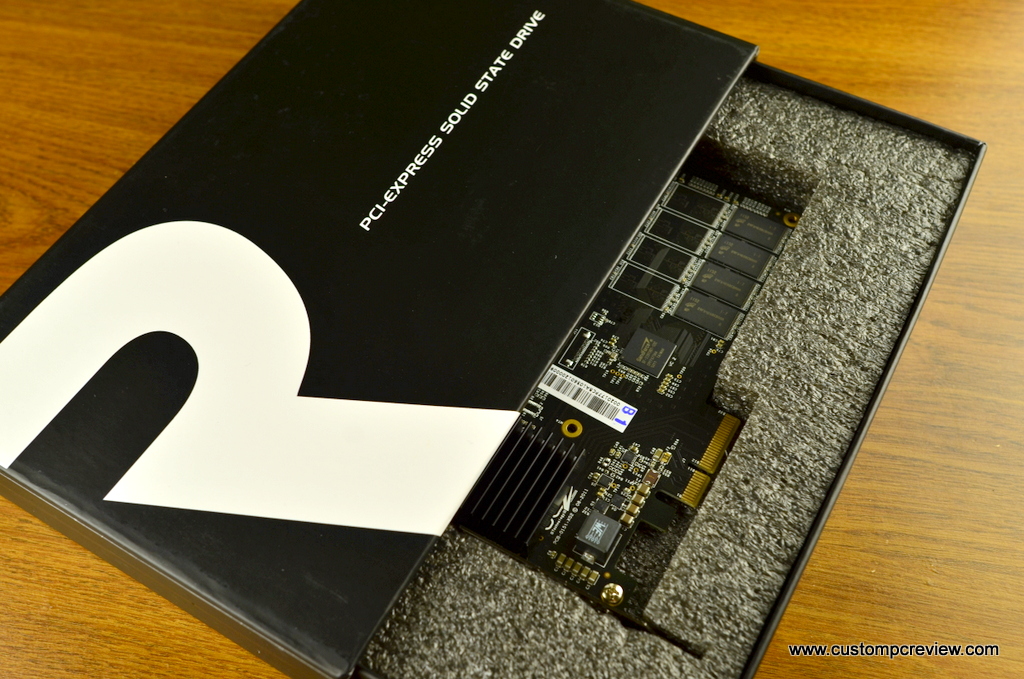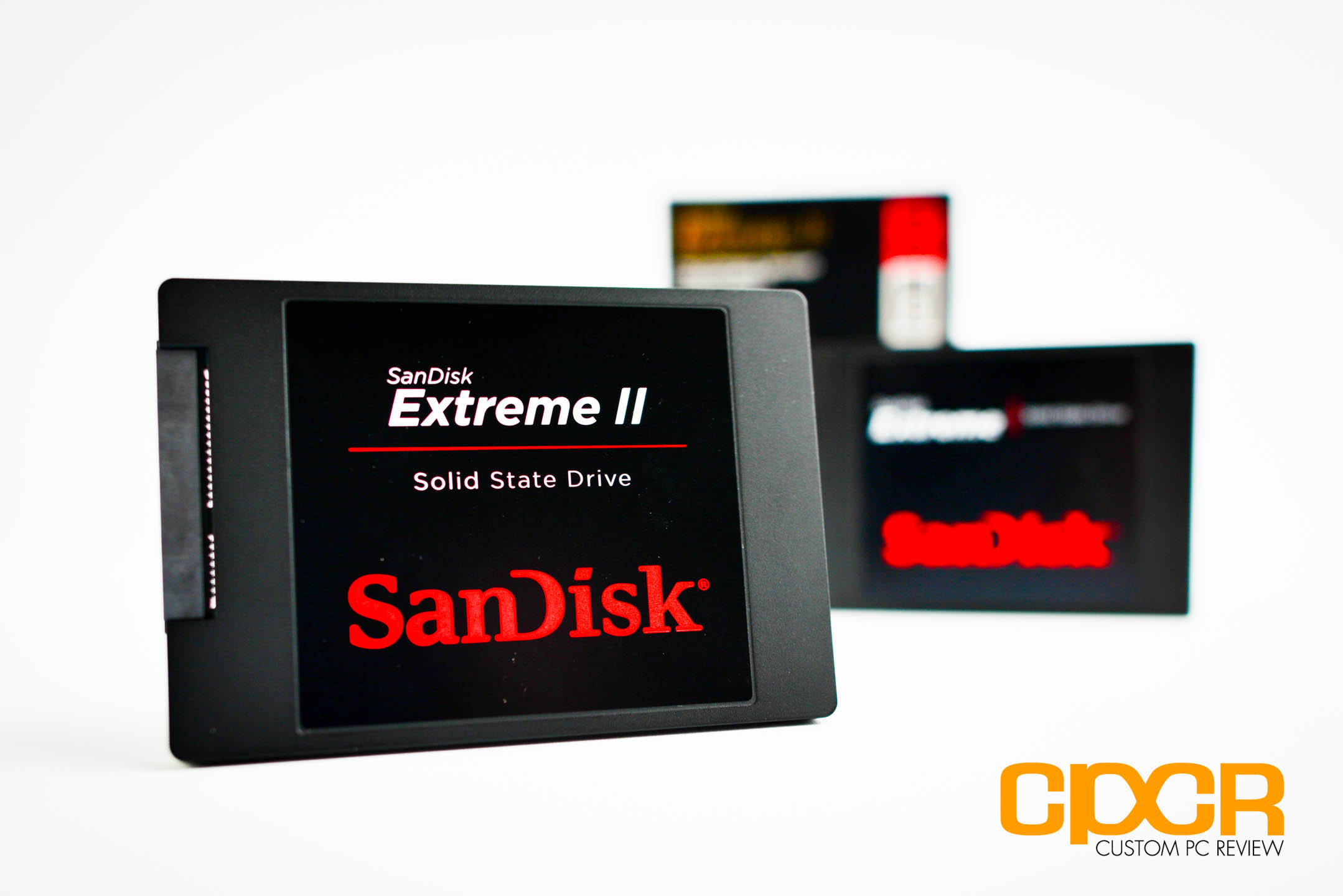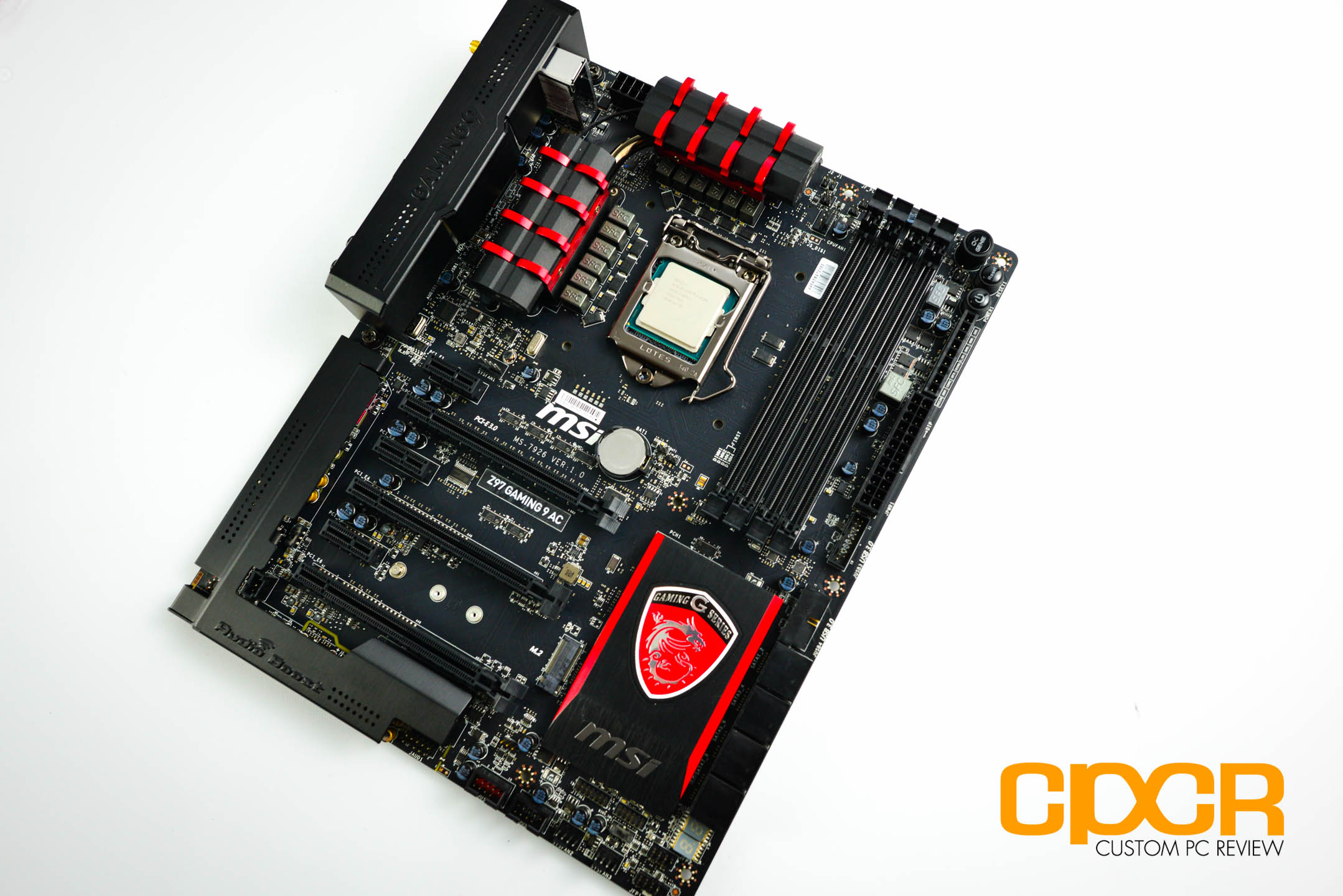[section label=”Introduction”]
It’s Big. Really Big.
At Flash Memory Summit earlier this year, Samsung announced their new 48-layer 3D V-NAND and along with that they announced that they’ll be using the new NAND in their 850 EVO SSD, pushing capacities up to a staggering 4TB. Considering 1TB was the largest capacity just 4-5 years ago, a 4TB drive designed for the consumer is a really huge deal, no pun intended. As such, when we got the opportunity to test the monstrous 4TB Samsung 850 EVO SSD, we jumped on it.
Samsung 850 EVO Specifications
| Manufacturer | Samsung | |||||
|---|---|---|---|---|---|---|
| Model | 850 EVO | |||||
| Capacity | 120GB | 250GB | 500GB | 1TB | 2TB | 4TB |
| Controller | Samsung MGX | Samsung MHX | ||||
| NAND | Samsung 32-layer TLC 3D V-NAND | Samsung 48-layer TLC 3D V-NAND | ||||
| Sequential Reads | 540 MB/s | |||||
| Sequential Writes | 520 MB/s | |||||
| 4K Random Read | 94,000 | 97,000 | 98,000 | |||
| 4K Random Write | 88,000 | 88,000 | 90,000 | |||
| Interface | SATA 3 6GB/s | |||||
| Form Factor | 2.5″ 7mm | |||||
| Warranty | 5 Years Limited | |||||
| Endurance | 75TB | 75TB | 150TB | 150TB | 150TB | 300TB |
Powering the Samsung 850 EVO 4TB is the Samsung MHX controller which was first unveiled with the Samsung 850 EVO and 850 PRO 2TB last year. The new controller is similar to the older MGX controller however, it supports capacities higher than 1TB. New for the Samsung 850 EVO 4TB is the use of new 48-layer 3D V-NAND which was unveiled recently at Flash Memory Summit. The new memory’s massive 256Gb dies enable the drive to reach its massive capacities.
Performance on the Samsung 850 EVO 4TB is rated at 540 MB/s sequential reads and 520 MB/s sequential writes. 4K random reads are rated at 98,000 IOPS and 4K random writes are rated at 90,000 IOPS. Despite the Samsung 850 EVO 4TB designed as a drive for the mainstream user, its performance ratings easily match those of high end SATA SSDs thanks to Samsung’s top notch TurboWrite SLC cache implementation.
Warranty on the new Samsung 850 EVO 4TB is rated at 5 years with an endurance rating of 300 TBW. For most consumer and even business applications, a 300TBW endurance should be more than enough especially given Samsung’s generally conservative specifications.
[section label=”A Closer Look”]
A Closer Look at the Samsung 850 EVO 4TB
Today we’ll be reviewing the Samsung 850 EVO 4TB. Here’s a look at the packaging for the drive.
Included in the packaging is a couple pieces of documentation, a software disk, and the Samsung 850 EVO 4TB drive.
Here’s a closer look at the Samsung 850 EVO 4TB. By now we’re very familiar with this case design which is used in nearly all of Samsung’s SATA SSD offerings.
Inside the casing, we can take a look at the PCB. Despite the high capacity, Samsung is only using a 3/4 size PCB with just 8x NAND packages, a controller and a DRAM package.
The controller on the Samsung 850 EVO 4TB is the Samsung MHX controller (Model #S4LP052X01-8030). As far as we know, this is a tri-core ARM based controller like the previous generation controllers, but supports more than 1GB of DDR3 memory which is necessary for capacities beyond 1TB.
Brand new for this the 4TB 850 EVO is Samsung’s newest 48-layer TLC 3D V-NAND. The new NAND is extremely dense offering up to 256Gb per die.
Of course, there’s also a 4GB Samsung DDR3 memory module used for DRAM buffering.
[section label=”Testing Setup, Drive Info, Software”]
Testing Setup
| System | CyberPowerPC Gamer Xtreme 4200 |
|---|---|
| CPU | Intel Core i7 4770K |
| Motherboard | ASUS Z87-A |
| Memory | Kingston HyperX Genesis 16GB DDR3 2133MHz |
| Graphics | Intel HD4600 Graphics |
| Storage | OCZ Vertex 4 256GB |
| Power Supply | Corsair HX650 |
| Case | HSPC High Speed Tech Station |
| Optical Drive | ASUS OEM DVD Drive |
| Expansion Cards | Bplus M2P4S M.2 PCIe x4 Adapter |
| Operating System | Windows 10 Pro 64-bit & CentOS 6.4 |
Special thanks to CyberPowerPC, Kingston, OCZ Technology and HSPC for sponsoring our test bench!
Crystal Disk Info
Samsung 850 EVO 4TB
Today we’re reviewing the Samsung 850 EVO 4TB with firmware version EMT02B6Q. The Samsung 850 EVO is one of the most full featured SSDs on the market, featuring SMART, Advanced Power management, Native Command Queuing, TRIM, and DevSleep. The Samsung 850 EVO also offers AES 256-bit, TCG Opal / IEEE-1667 hardware encryption capabilities.
Samsung Magician Utility
Samsung’s software for their SSDs is Samsung Magician. We’ve covered Samsung Magician numerous times previously and it’s about as good as SSD software suites get. Some of the functionality offered by Samsung Magician include updating firmware, enabling/disabling RAPID mode, enabling encryption features, drive benchmarking, system optimization, overprovisioning, secure erase, drive monitoring, etc.
[section label=”ATTO Disk Benchmark”]
Samsung 850 EVO 4TB Performance
ATTO Disk Benchmark v2.46
ATTO Disk Benchmark is one of the industry’s oldest and most popular benchmarks for testing disk read/write speeds. This benchmarks allows read and write testing using predefined block sizes and gives us a good idea of read/write speeds with different sized files. Most SSD manufacturers prefer using this benchmark when advertising SSDs as it tests using compressible data, which tends to yield best performance.
Performance Analysis
We’ve tested several models of the Samsung 850 EVO previously, so we had somewhat of an idea of the type of performance to expect from the drive. As expected, performance results in ATTO Disk Benchmark is easily maxes out of SATA bus with reads up to 559MB/s and writes up to 532MB/s.
[section label=”AS SSD Benchmark”]
AS SSD Benchmark
AS SSD is a very commonly used benchmark used to measure SSD performance in sequential, 4K, 4K QD64 and latency. Tests are run using 100% incompressible data. AS SSD also outputs a final score at the conclusion of the test based off the overall performance of the drive.
Additionally, we also run AS SSD’s included compression benchmark which tests the drive using data of varying compressibility. Some SSDs such as SandForce based SSDs tend to perform significantly better when the data is compressible.
Performance Analysis
AS SSD performance is very good as well with sequential read/write performance hovering at around 500MB/s.
[section label=”Crystal Disk Mark”]
Crystal Disk Mark 3.0.1 x64
Crystal Disk Mark is another popular benchmark which allows us to measure both sequential read/write speeds as well as random read/write speeds. With this benchmark, tests can be run using both random fill (incompressible data) and 0 fill (compressible data). Realistically in typical computer usage scenarios, data being transferred will consist of a mixture of both incompressible and compressible data.
Performance Analysis
Scores in Crystal Disk Mark are among the best we’ve seen on a SATA drive. Sequential reads and writes reached 542 MB/s and 530 MB/s respectively.
[section label=”PC Mark 7″]
PC Mark 7 Storage Benchmark
The PC Mark 7 storage benchmark is a trace based benchmark that evaluates the SSD under many different real world environments such as gaming, multimedia editing, etc. PC Mark 7 uses a relatively light workload, which represents a typical mainstream client storage sub-system workload.
As of June 2015, we’ve also changed our comparison charts to use the PC Mark 7 Raw Secondary Storage Score. The raw score more effectively highlights performance differences between drives as it discounts idle time between tests.
Performance Analysis
In PC Mark 7, the Samsung 850 EVO 4TB performed very well, coming in at the top of the charts just under the Samsung 850 PRO.
[section label=”PC Mark 8″]
PC Mark 8 Expanded Storage Benchmark
With the introduction of PC Mark 8 2.0.228, Futuremark added the option for an Expanded Storage Benchmark which is literally designed to bring any storage system its absolute limits. The new PC Mark 8 Expanded Storage Benchmark takes around 24 hours to run and for our purposes, we’ll be using the consistency test which measures performance consistency, degradation tendency, and recovery speed of a storage system.
Consistency Test
Full details on the consistency test can be found in the PC Mark 8 Technical Guide here. For the more simplified version, the test is basically a near 24 hour, five phase benchmark – three of which we’ll be reporting on in our results below.
- Phase 1 is a precondition phase designed to “dirty” the drive with random data. The entire drive is filled twice to the capacity of the drive.
- Phase 2 is a degrade phase where the drive is hammered with tons of random data followed by a performance test run. This is done 8 times.
- Phase 3 is the steady state phase where the drive is once again hammered with tons of random data followed by a performance test run. This is done 5 times.
- Phase 4 is the recovery phase where the drive is given 5 minutes to rest followed by a performance test run. This is done 5 times.
- Phase 5 is the clean up phase where the drive is simply secure erased.
Performance Analysis
The Samsung 850 EVO 4TB’s SLC cache is really able to stretch its legs here as it propelled the TLC based drive into a similar performance category as its MLC based cousin, the Samsung 850 PRO.
[section label=”FIO – Fresh Out of the Box”]
FIO (Flexible I/O Tester)
FIO, which stands for Flexible I/O Tester, is basically what its name says – a flexible I/O tester / I/O workload generator. Whereas all the benchmarking tools we’ve used previously are fantastic, easy to use benchmarking tools that provide a good snapshot of SSD performance, they do lack a lot of versatility, especially for more complex and in-depth operations such as custom queue depths, block sizes, test run times, etc. While the testing that follows may not pertain to typical consumer usage, they do help give us a much more in-depth look at each individual product’s strengths and weaknesses when they’re pushed to the limits.
FIO – FOB (Fresh Out of the Box) Testing
When SSDs are brand new and Fresh Out of the Box, they’re generally able to perform at or outperform their advertised speeds, but unlike traditional hard drives, performance on SSDs begin to degrade over time as they become more and more used. This is because while SSDs are new, all bits on the SSD are empty, so they can instantly be programmed with data. However, once data gets programmed in, even if it’s deleted in the filesystem the actual data will still stay programmed on the NAND itself unless some sort of garbage collection routine comes in to wipe the data. Unfortunately, in order to write new data onto “dirty” NAND, the NAND first needs to go through an erase cycle to erase the old data before a program cycle can happen to program new data, which as you may imagine takes more time than just a simple program cycle. As this only happens when writing new data onto the SSD, you’ll generally see less performance degradation on reads and more performance degradation on writes.
For our FOB testing, we run a secure erase on the SSD then run each test sans any preconditioning. This will provide us with the highest level of performance the SSD is capable of and is likely never to be seen ever again once the SSD goes into a used state.
Our testing will include 4K read testing, 4K write testing, and 4K 70/30 read/write mix testing at queue depths of 1,2,4,8,16,32,64,128,256. The reason we’ve also included 4K 70/30 read/write mix testing is simply because most real world workloads will always fall somewhere between 0% write and 100% write rather than one or the other. Since client usage is much more read heavy, we’ll be using the 70/30 read/write mix.
For general client usage, performance will fall somewhere between queue depths of 1-4 whereas servers and other enterprise applications will easily see queue depths of 32 or greater.
Performance Analysis
Fresh out of the box, the Samsung 850 EVO 4TB shines as it easily reaches and beats its rated performance. Among SATA SSDs tested today, the Samsung 850 EVO 4TB ranks among the fastest even against higher end MLC based drives.
[section label=”FIO – Steady State”]
FIO – Steady State Testing
After prolonged use of an SSD, it will reach “steady state” where performance levels off to a minimum level. The FOB state is the “best case scenario” for SSD performance while “steady state” is going to be your worst. Here, we ran the exact same set of benchmarks we just completed in the FOB state; except this time around, we’ll be preconditioning the drive by filling 100% of the drive’s LBAs with two sequential passes of 128k data followed by hammering the drive for six hours with 4K random data prior to actual testing.
Performance Analysis
The Samsung 850 EVO 4TB performed very well in our steady state testing. Sustained 4K write performance is especially impressive as the drive was able to beat out its MLC based cousins, the Samsung 850 PRO and its MLC PCIe based cousin, the Samsung 950 PRO.
[section label=”4K Random Write Consistency”]
FIO 4K Random Write Consistency Testing
Another one of the benefits of testing with FIO is the flexibility of running consistency tests, which is one of the most important metrics when considering SSDs going forward. Looking at the results of our benchmarks such as ATTO Disk Benchmark and Crystal Disk Benchmark, we can see that practically every top tier SSD is capable of saturating SATA 6Gb/s in the FOB state. However, what really differentiates these SSDs is their ability to hold a certain level of performance even after extended periods of use.
For our consistency testing, we used a fairly standard method, which includes both filling up 75% of capacity as well as 100% capacity twice with sequential 128k data followed by the actual test itself, which is simply running 4K random writes at a queue depth of 32. By recording the IOPS every second for 2,000 seconds, we’re able to get a good look at what kind of performance can be expected when the drive is relatively new, when it’s heading towards steady state, and when it’s actually in steady state.
Performance Analysis
The first time I ran this test at 75% fill, I thought there was a mistake as performance like we see here is generally limited to enterprise drives and even then not many enterprise drives are even able to reach this level of performance. At 75% fill, the Samsung 850 EVO 4TB with its insanely large SLC cache was able to reach and maintain just short of 90,000 IOPS, which is absolutely insane for a consumer drive in this type of workload. At 100% fill however, the drive didn’t fare so well. As both the SLC cache and drive’s capacity is filled, the transition from the SLC cache to TLC V-NAND is very slow although the drive does still maintain very good consistency once the transition is complete.
[section label=”4K Random Write Latency”]
FIO 4K Random Write Latency Testing
Another metric that’s becoming increasingly important in SSDs is its ability to keep latency low despite being subjected to a heavy workload. Even if a SSD were capable of ultra high and ultra consistent IOPS performance, if latency were high, users would still feel that the drive is slow. Ideally, SATA SSDs should always be capable of latencies under 50ms, even during heavy workloads.
For latency testing, we’ll be using the exact same testing parameters as IOPS consistency testing, except instead of recording IOPS every second, we’ll be recording latency.
Performance Analysis
Latency on the Samsung 850 EVO 4TB was stellar at 75% fill, but there was a slowdown at 100% fill when the SLC cache became full and the drive transitioned to the main TLC 3D V-NAND. However, short of being able to subject the drive to a workload capable to saturating not only all the drive’s free space, but also the SLC cache, latency was very consistent at well under 5ms.
[section label=”128K Random Write Consistency”]
Samsung 850 EVO 4TB Performance
FIO 128K Random Write Consistency Testing
In addition to testing 4K random write consistency, we’ll also test for 128K random write consistency to see how well a SSD is able to hold itself to a level of performance when getting hammered with larger file transfers.
Testing methodology is very similar to our testing for 4K random write consistency. We use a fairly standard method, which includes both filling up 75% of capacity as well as 100% capacity twice with sequential 128k data followed by the actual test itself, which is running 128K random writes at a queue depth of 32. By recording the IOPS every second for 2,000 seconds, we’re able to get a good look at what kind of performance can be expected when the drive is relatively new, when it’s heading towards steady state, and when it’s actually in steady state.
Performance Analysis
Once again, the Samsung 850 EVO 4TB is an absolute monster of a drive. At 75% fill, we were completely unable to get the drive to its knees using what’s possibly one of the most unrealistically heavy workloads placed on the drive. At 100% fill, the drive performed very well until it ran out of SLC cache and had to transition direct to the TLC V-NAND. Performance was very inconsistent during the transition, but regained performance consistency as the transition completed.
[section label= “Power Consumption”]
Samsung 850 EVO 4TB Power Consumption
Previously, our power consumption analysis only tested for idle and maximum load power consumption, but we felt that this was a bad way to accurately measure power consumption. The reason for this is because SSDs tend to be bursty while in operation and will spike in power usage, but only for very short periods of time. As such, many of our SSDs appeared to have even higher power consumption than traditional hard drives, which is untrue.
In order to better represent a drive’s power consumption, our solution was to run a test closer to the real-world and record a trace of the exact power consumption during testing. Since PC Mark 7 has been recognized by the industry as a fantastic real-world benchmark, we’ll be recording the drive’s power consumption while running the benchmark.
All tests below are measured by our B&K Precision 5491B Bench Multimeter tapped directly into the 5v line running from the power supply to the drive. All testing here is conducted with “HIPM (Host Initiated Power Management)/DIPM (Device Initiated Power Management)” enabled and “AHCI Link Power Management – Adaptive” set to 0 milliseconds for maximum power efficiency.
Performance Analysis
With its massive capacity, the Samsung 850 EVO 4TB doesn’t quite rank as power efficient as some of its lower capacity siblings. This is especially apparent in active workloads where the Samsung 850 EVO 4TB scored the least power efficient in all of our drives tested. Looking at our power consumption trace, it appears that the Samsung 850 EVO 4TB is very aggressive when it comes to background operations whether it’s flushing the SLC cache or garbage collection. In several instances, power consumption continued to spike even after the workload was complete. That said, for most typical consumer usage, the drive will sit idle and at 0.07w, the Samsung 850 EVO 4TB is still one of the more power efficient SSDs on the market.
[section label=”RAPID Mode”]
Samsung 850 EVO 4TB RAPID Mode
We’re pretty familiar with Samsung RAPID mode as we’ve covered it in several of our previous reviews. For those who need a quick refresher, Samsung’s RAPID mode, or Real-time Accelerated Processing of I/O Data, is Samsung’s DRAM caching feature that utilizes unused DRAM in your system to improve performance. Samsung’s implementation has shown to be quite effective in our previous testing, and I don’t expect this to be any different in this case.
Crystal Disk Mark
Immediately testing the drive after RAPID mode is enabled, we can see that the results are off the charts thanks to DRAM caching.
PC Mark 8 Expanded Storage Benchmark
The most telling benchmark for Samsung’s RAPID mode caching system is the PC Mark 8 Expanded Storage Benchmark. Here we can see that RAPID mode actually slows down performance in the beginning during the degrade and steady state tests. This is because datasets being used here are randomized and as such is very difficult for a cache to be used effectively. That said, when we get into the recovery tests, performance shoots up significantly as data is no longer random, but rather the same tests being run over and over again which allows it to be cached very effectively.
[section label=”Conclusion”]
Samsung 850 EVO 4TB Conclusions
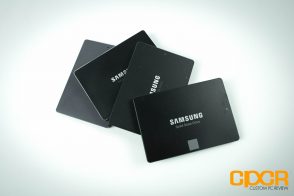 In the past few years, Samsung has been the dominant force in SSD technology and with the introduction of the Samsung 850 EVO 4TB, Samsung continues their leadership in the space. While I don’t see a whole lot of people dropping the significant amount of money needed to purchase one of these drives, this is a stellar demonstration of Samsung’s capability to innovate.
In the past few years, Samsung has been the dominant force in SSD technology and with the introduction of the Samsung 850 EVO 4TB, Samsung continues their leadership in the space. While I don’t see a whole lot of people dropping the significant amount of money needed to purchase one of these drives, this is a stellar demonstration of Samsung’s capability to innovate.
Performance on the Samsung 850 EVO 4TB is very good as we’ve seen in other Samsung 850 EVO capacities. The 4TB version however, ranks well even with MLC based SSDs in terms of performance thanks to its massive SLC cache. While the drive does slow down after hammering it with a consistent load of a ton of data, a very serious amount of data needs to be thrown at it and the drive needs to be filled to the brim for this to happen. Anything short of that and you’ll most likely be hitting the maximum rated performance with latencies well under 5ms throughout your entire workload.
| Manufacturer | Samsung | |||||
|---|---|---|---|---|---|---|
| Model | 850 EVO | |||||
| Capacity | 250GB | 500GB | 1TB | 2TB | 4TB | |
| MSRP | $117.44 | $164.50 | $308.01 | $624.99 | $1,399.99 | |
| Price/GB | $0.47 | $0.33 | $0.31 | $0.31 | $0.35 | |
| Check Pricing | Click Here | Click Here | Click Here | Click Here | Click Here | |
Current prices for the Samsung 850 EVO 4TB is around $1,399 which is pricey for a drive, but it’s the only consumer drive on the market for those who need a 4TB drive, so I think the price is reasonable and I’m actually a bit surprised it doesn’t cost more than it does.
Overall the Samsung 850 EVO 4TB is a phenomenal drive that once again furthers Samsung’s dominance in the SSD space. The Samsung 850 EVO 4TB is fast, it’s reliable, it’s reasonably priced, it’s feature packed, and it just so happens to be the only consumer drive you can purchase at this capacity. If you absolutely need 4TB in a single drive I’d highly recommend the Samsung 850 EVO 4TB!
Sample provided by: Samsung
Availability: Amazon

